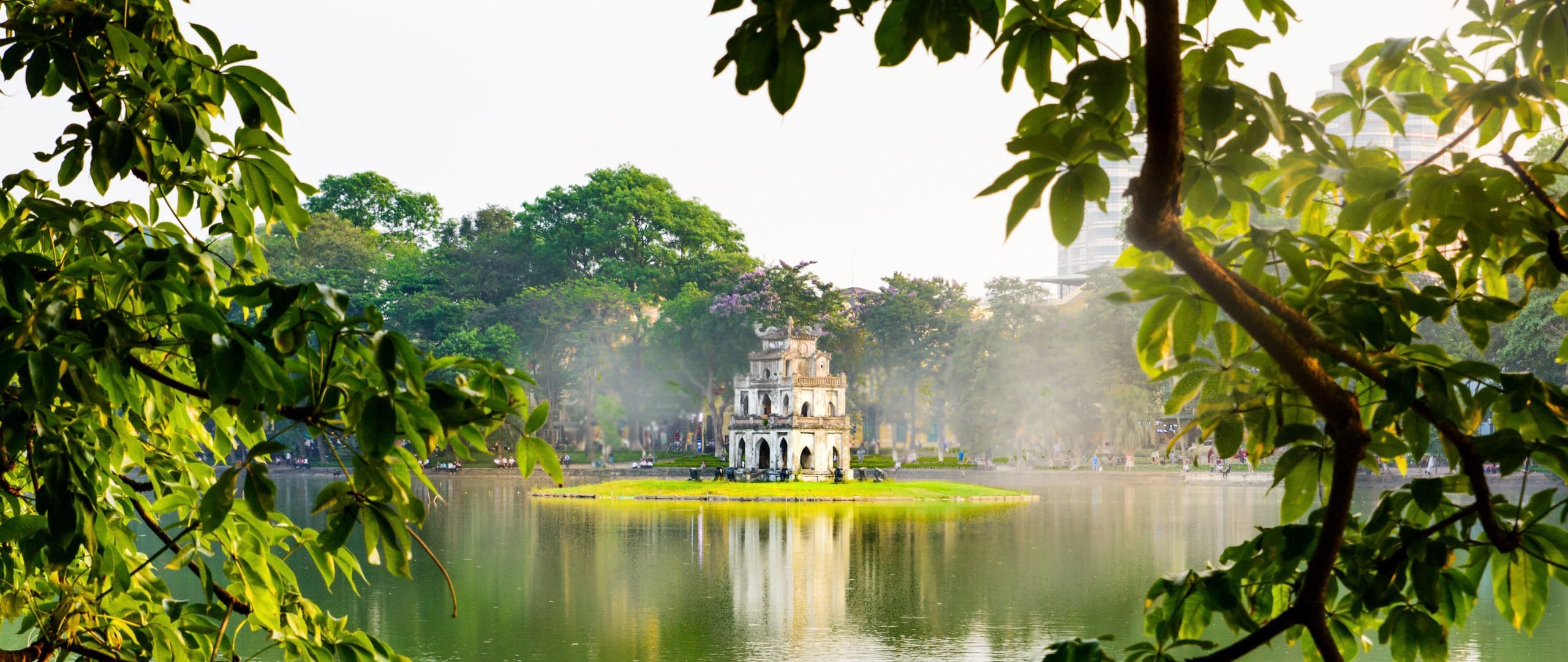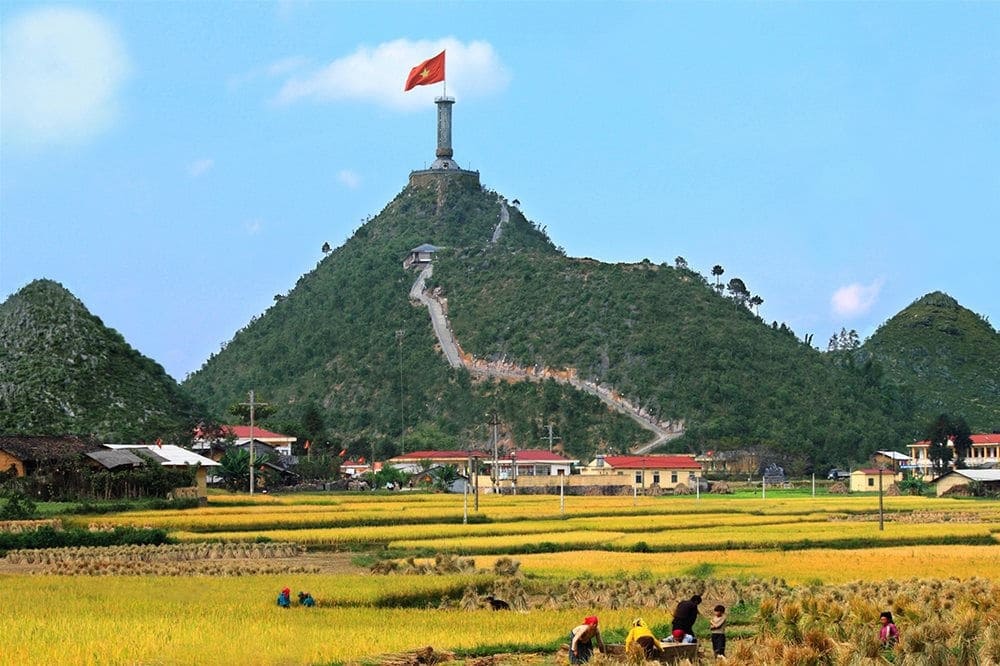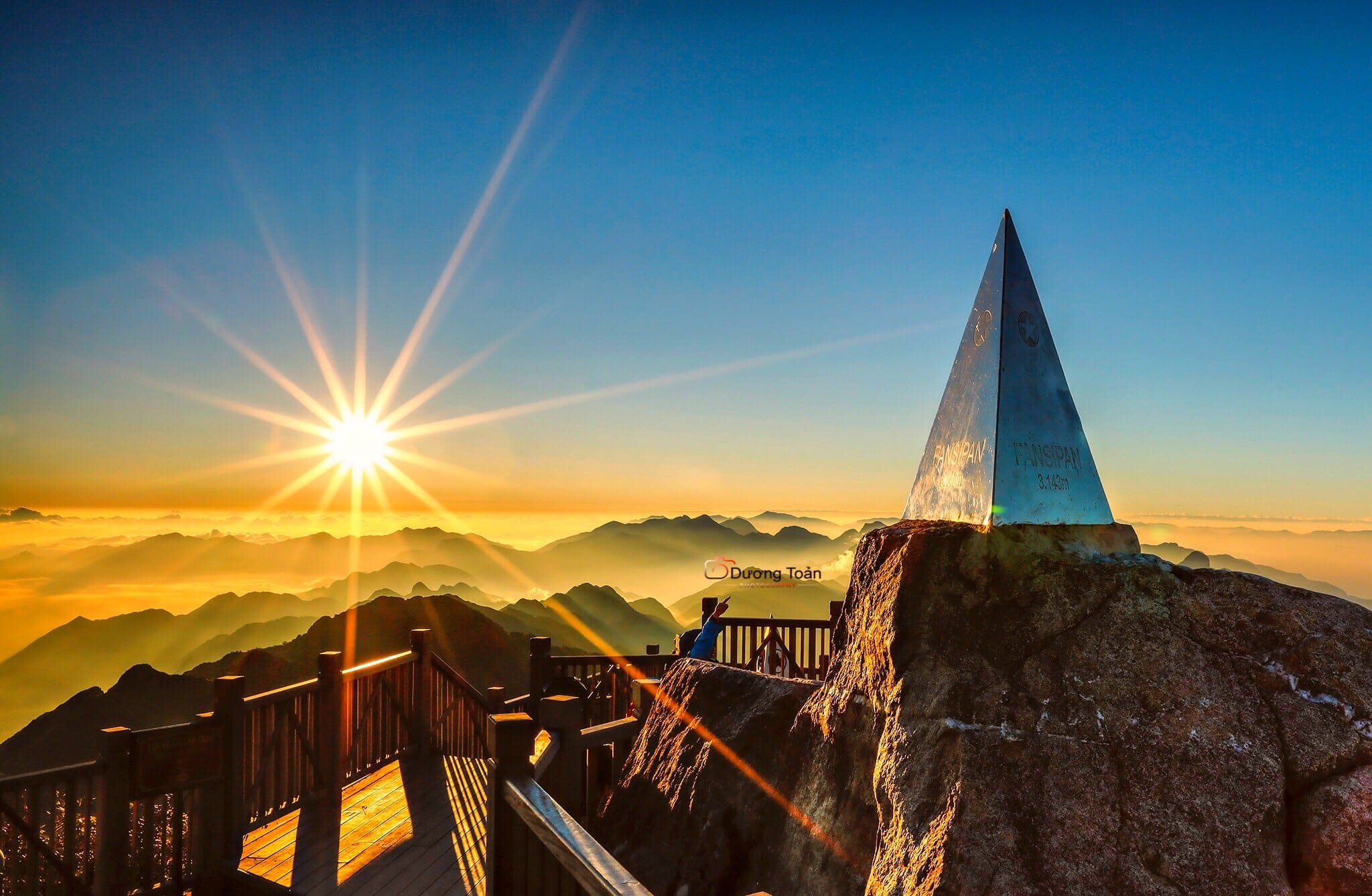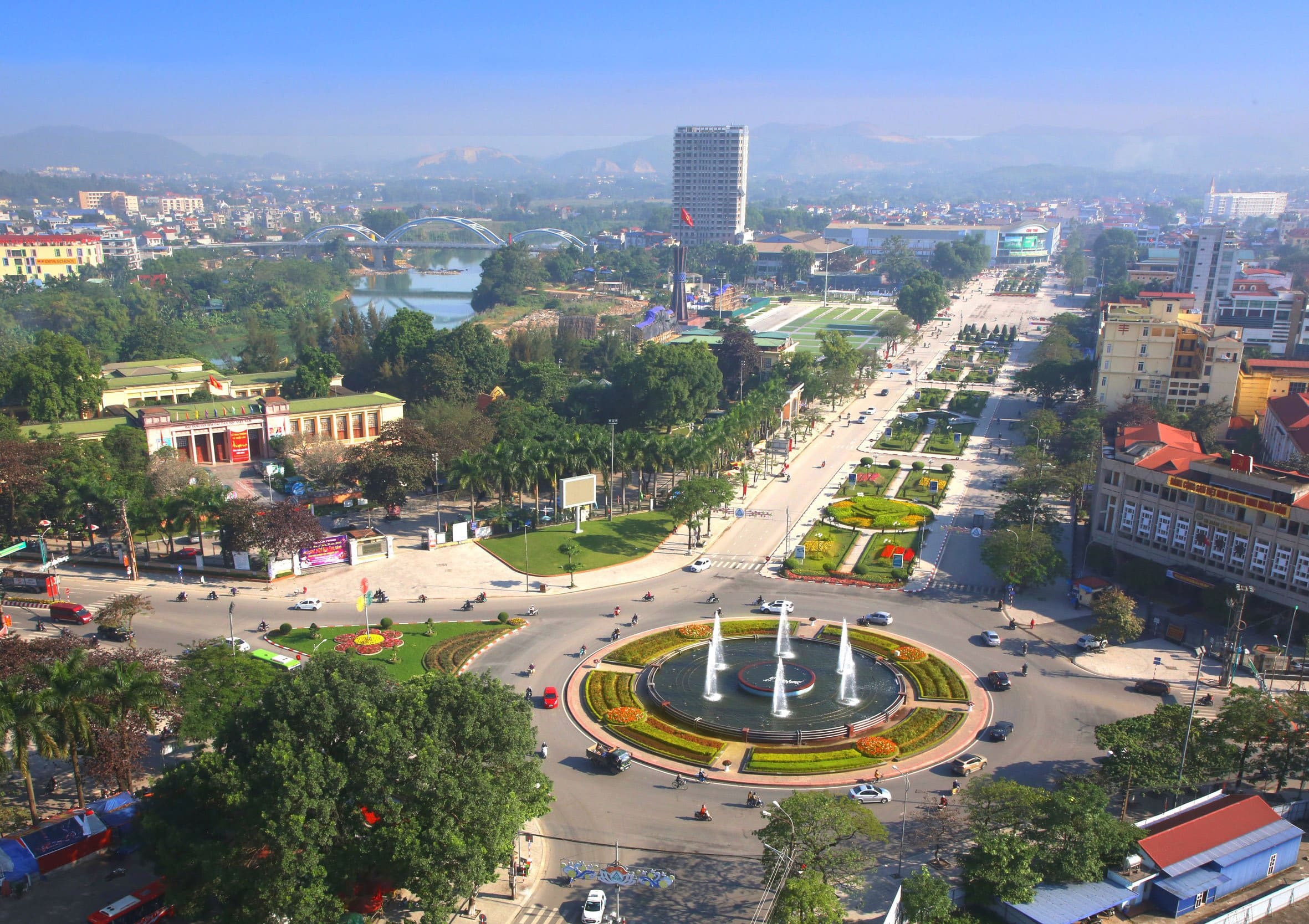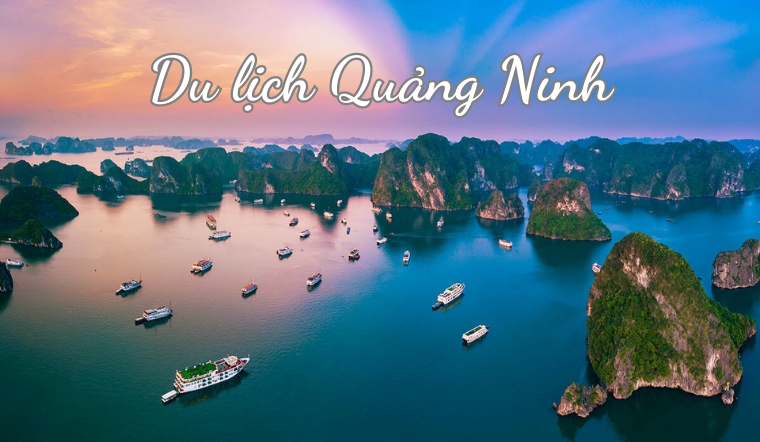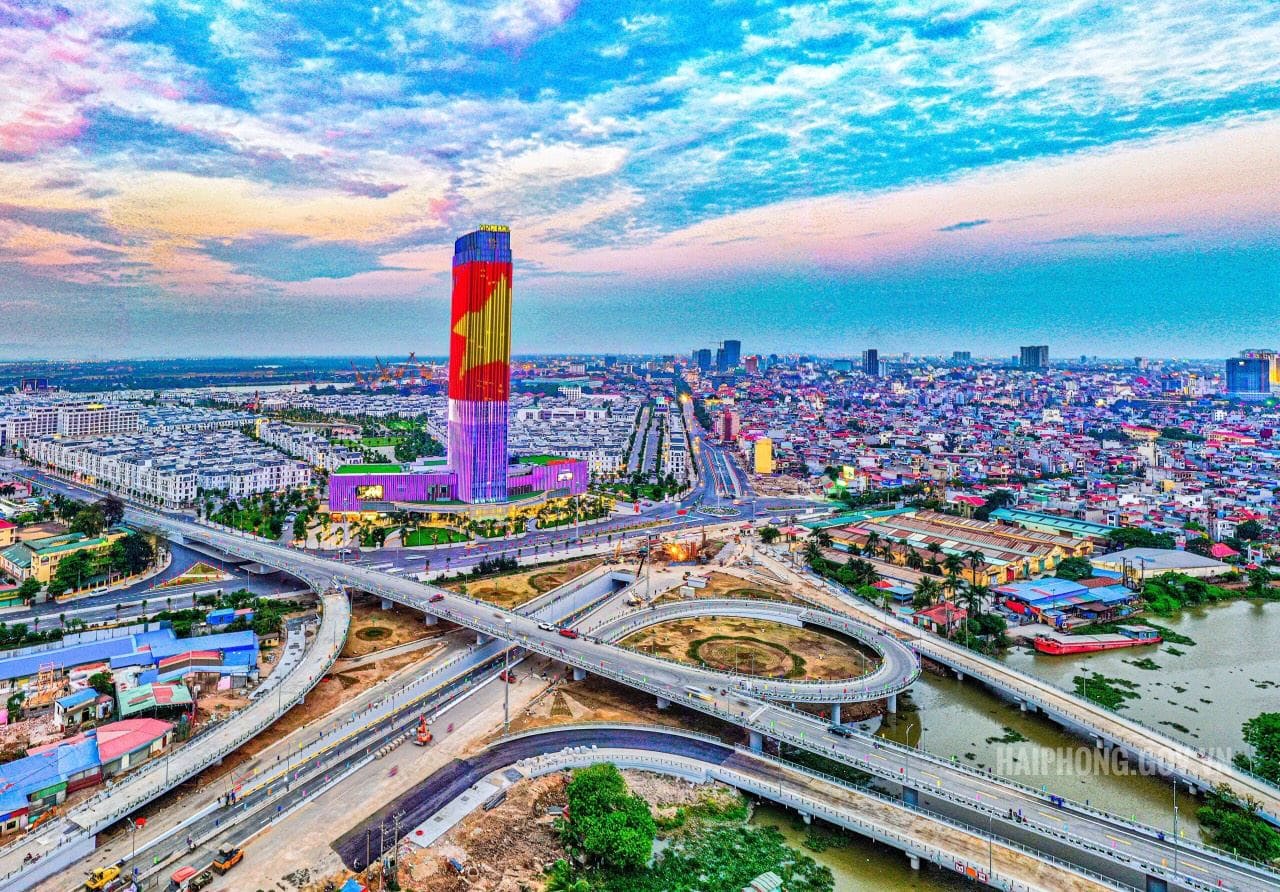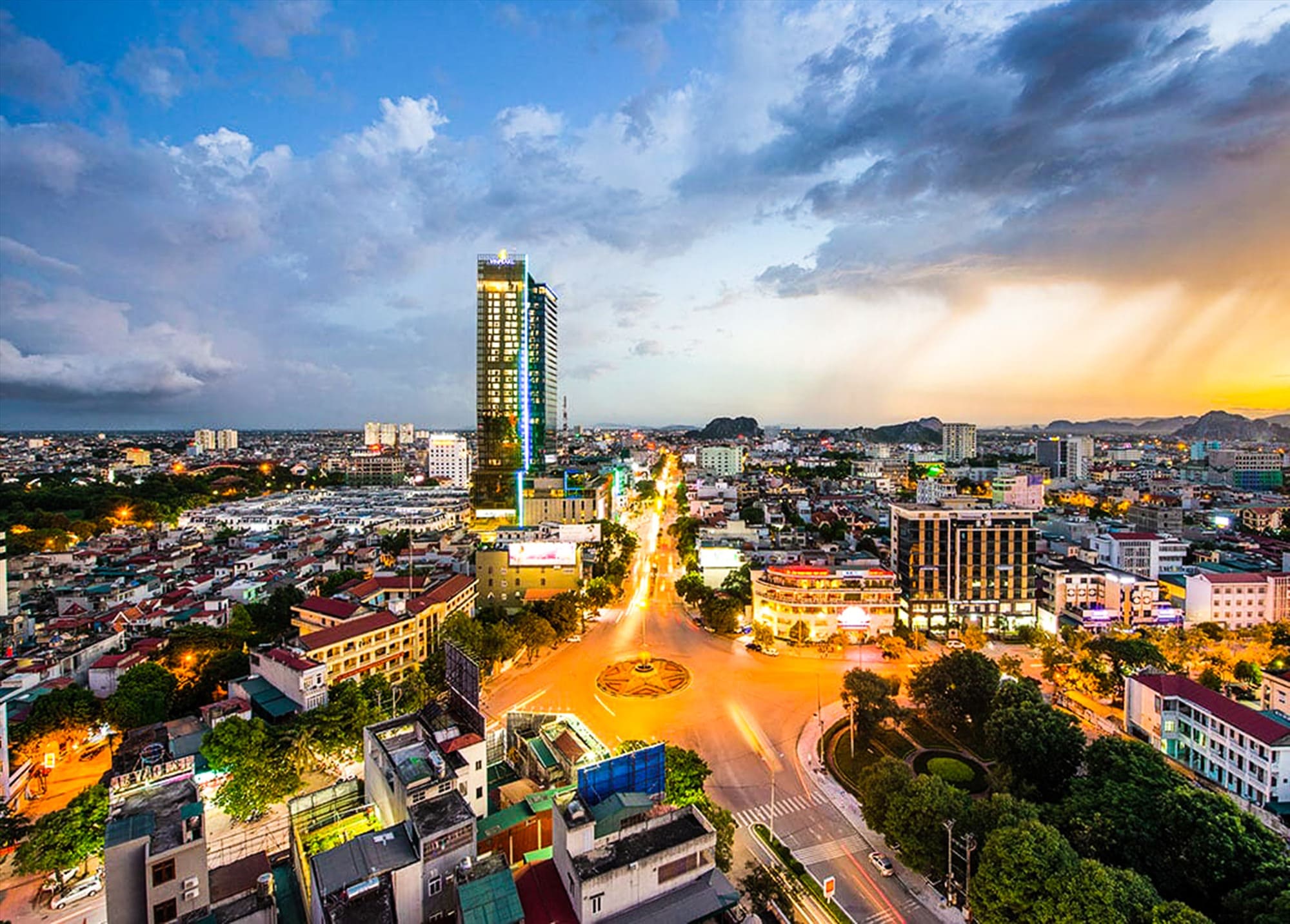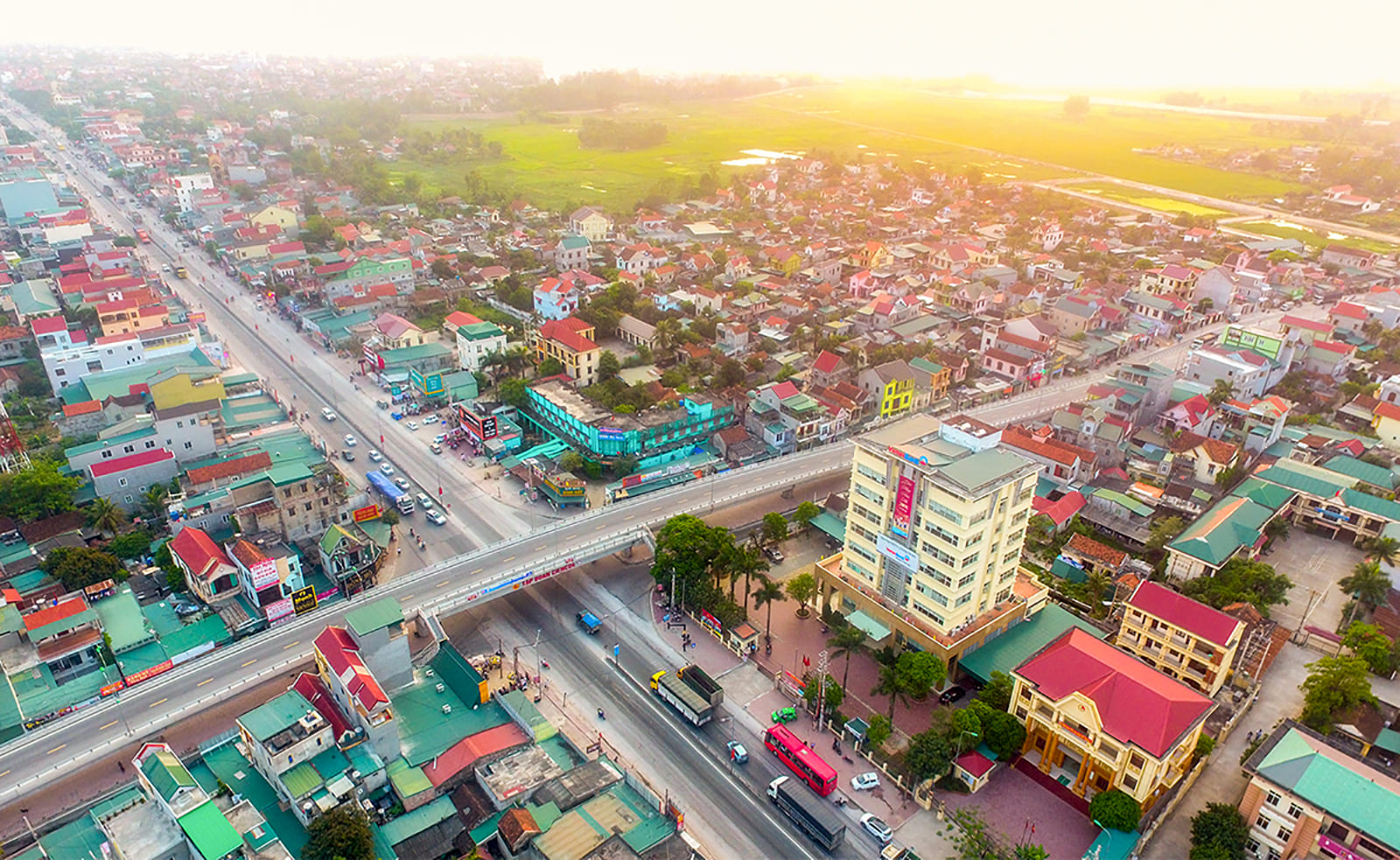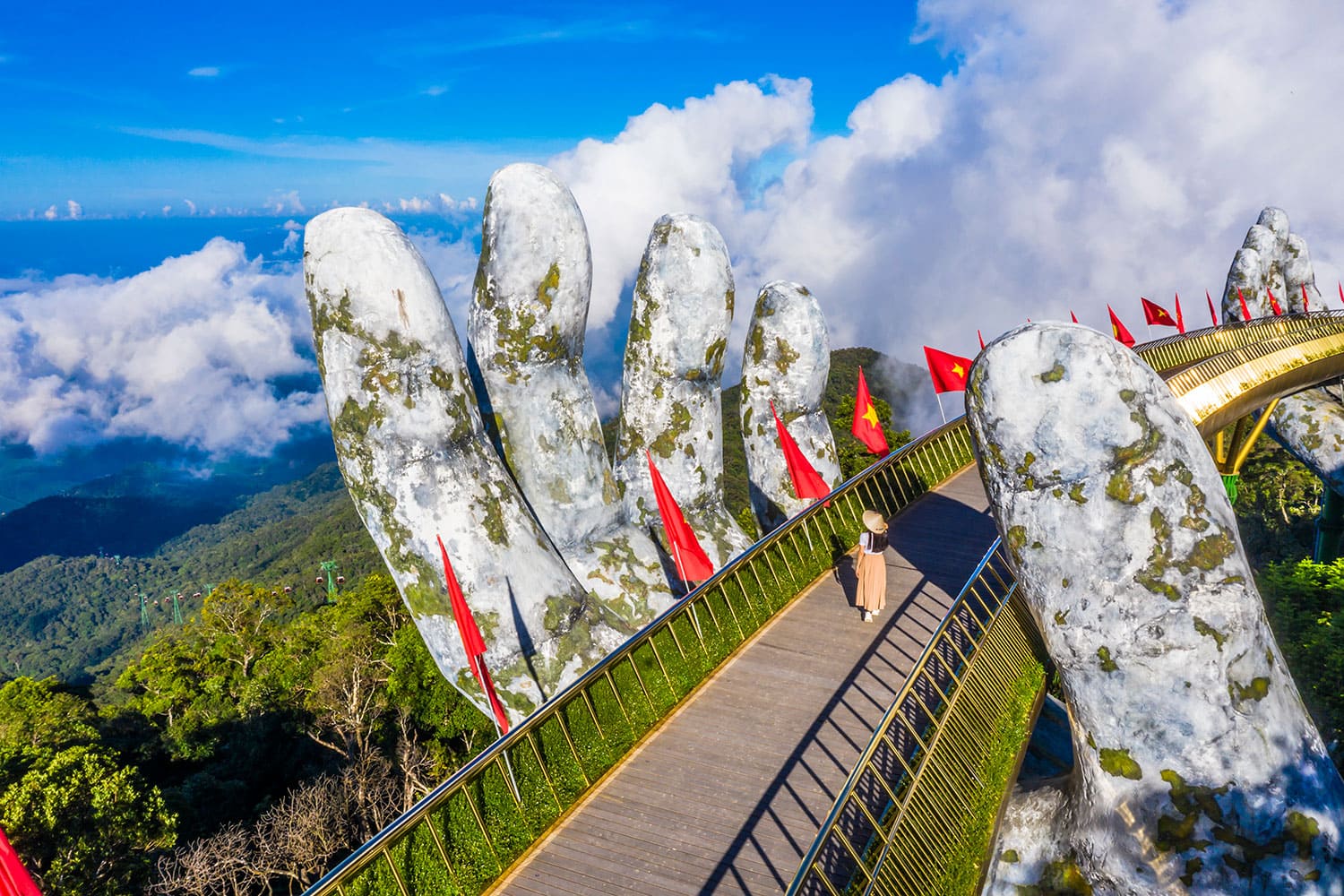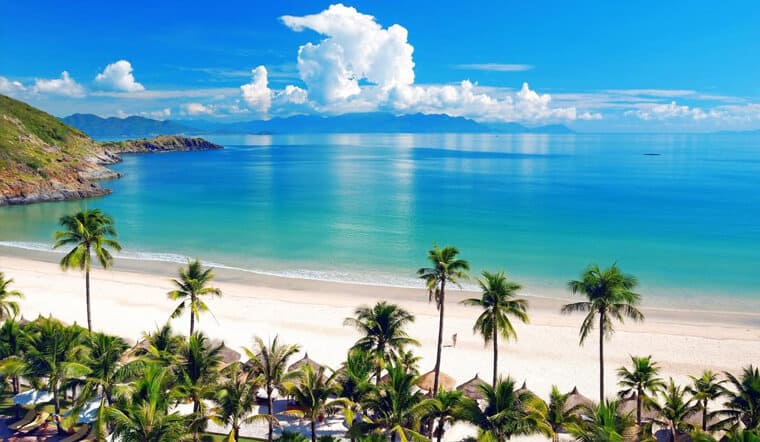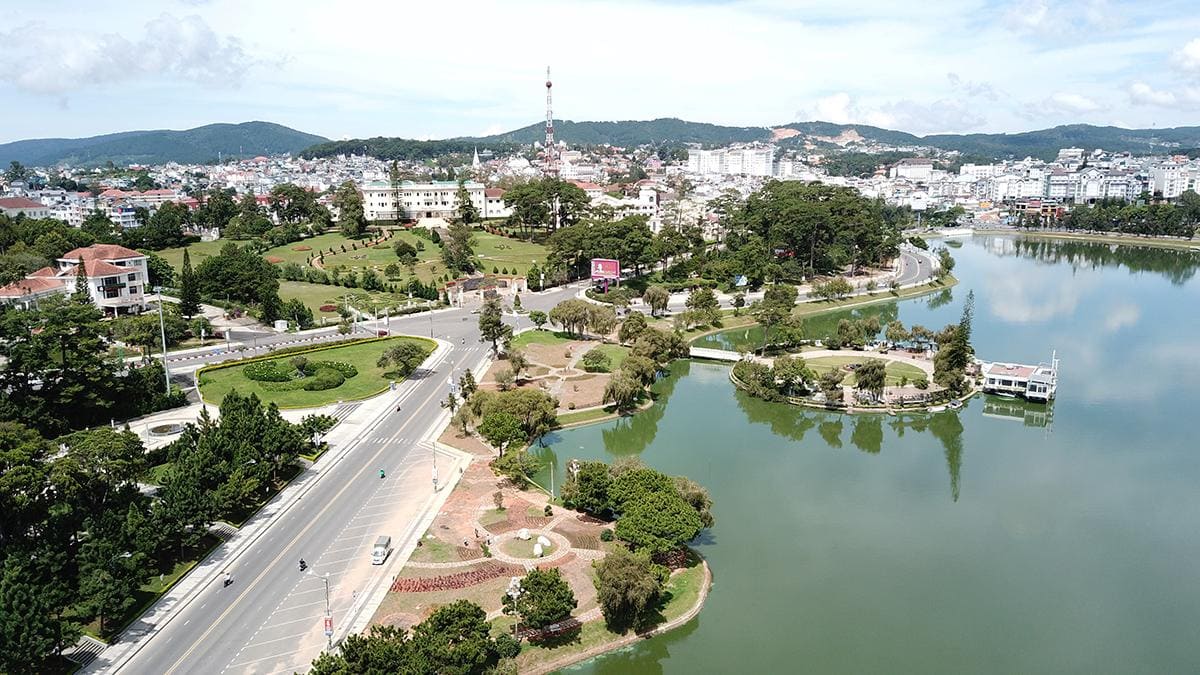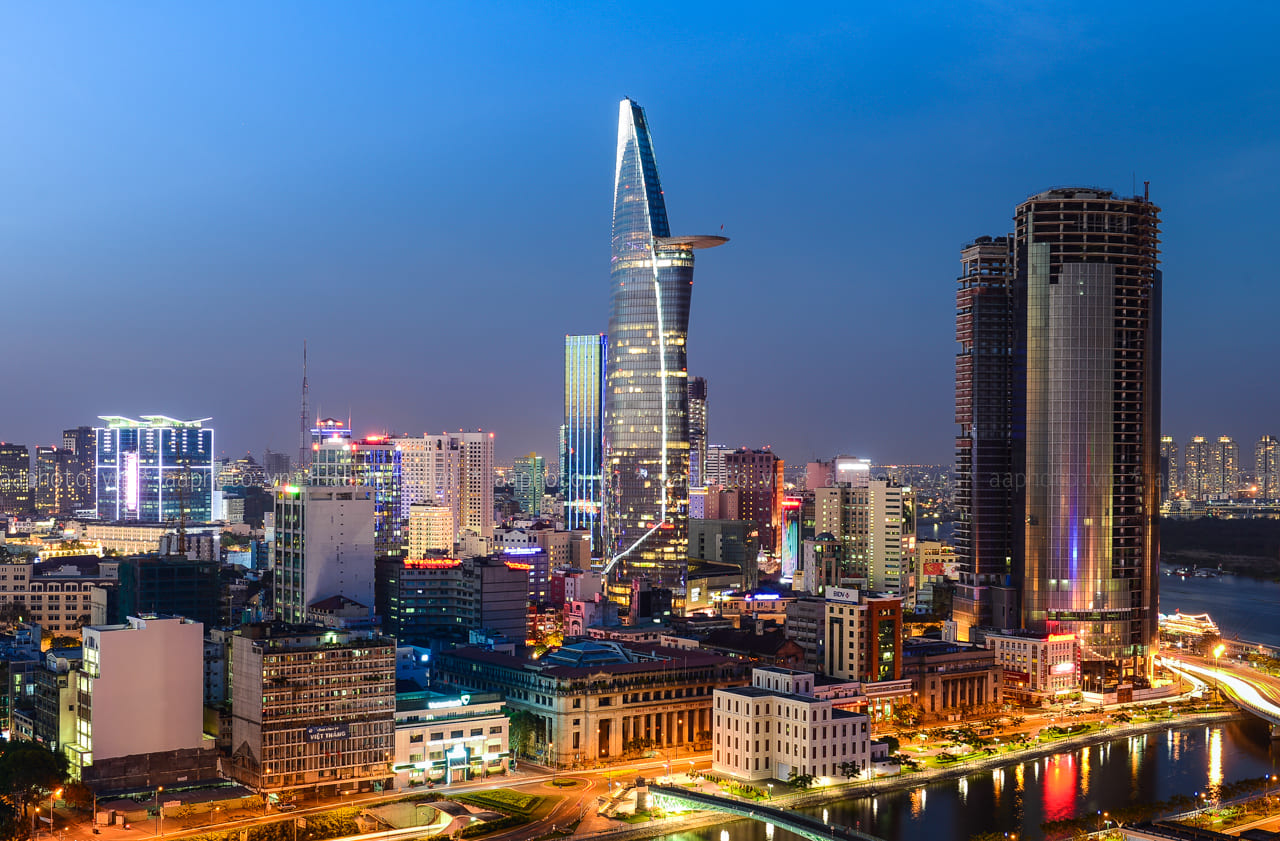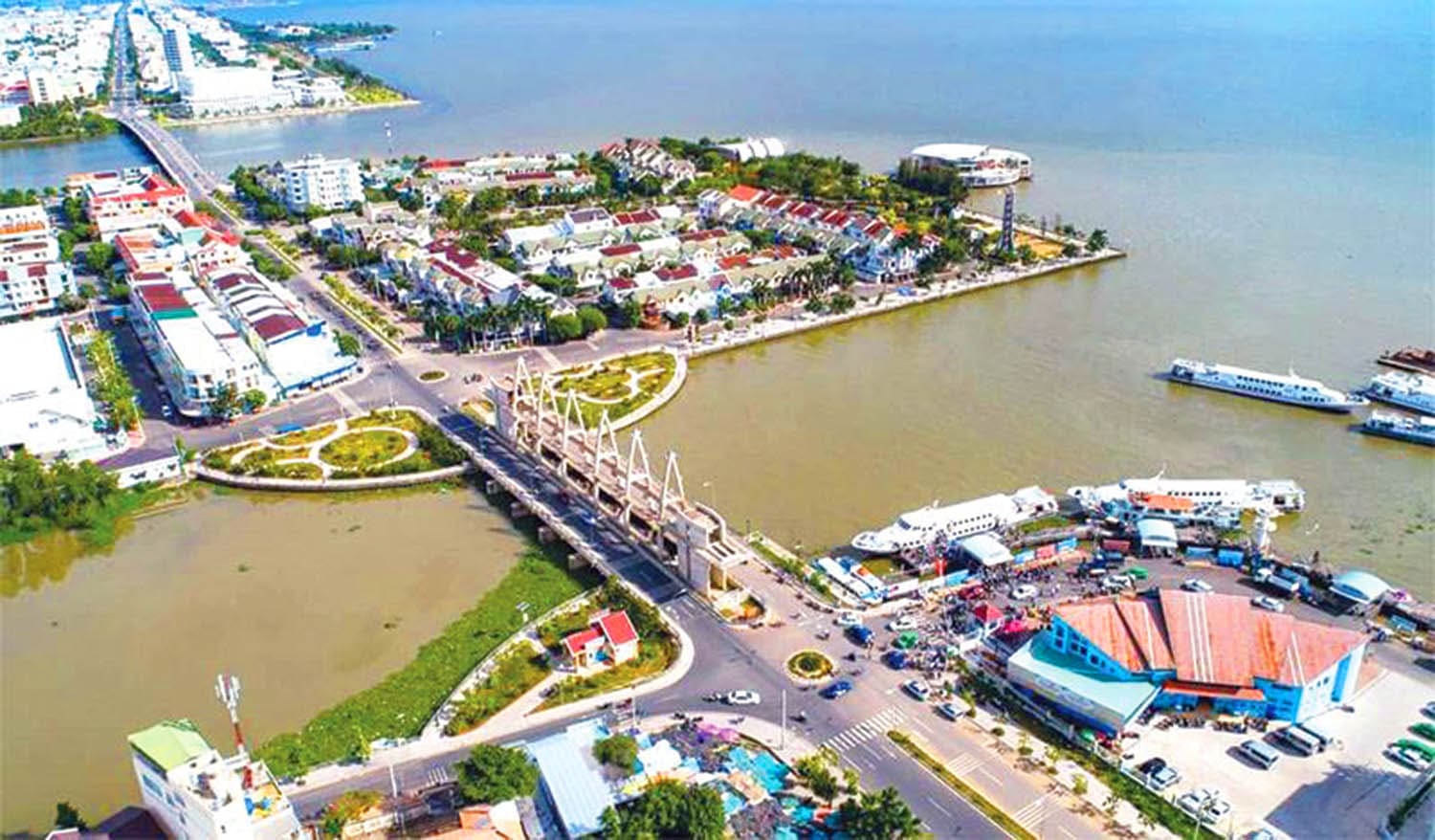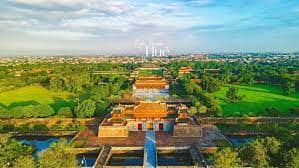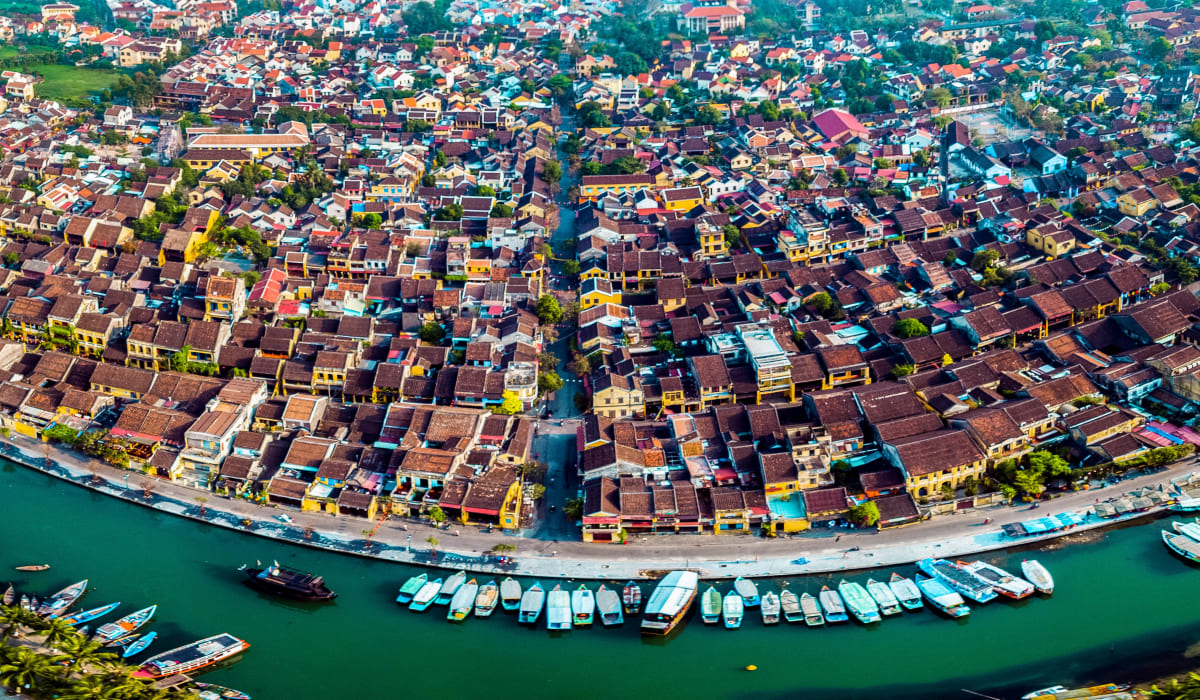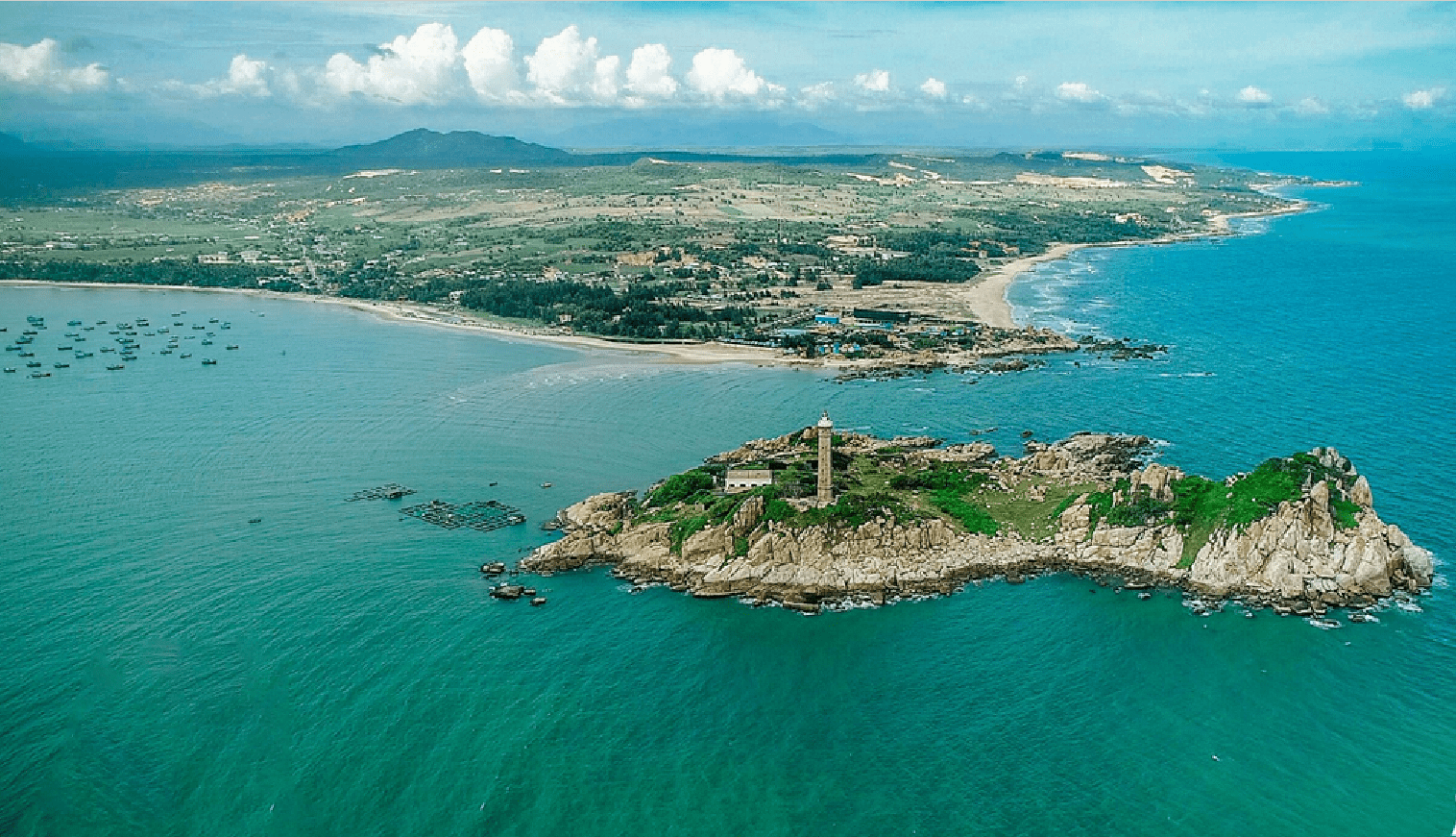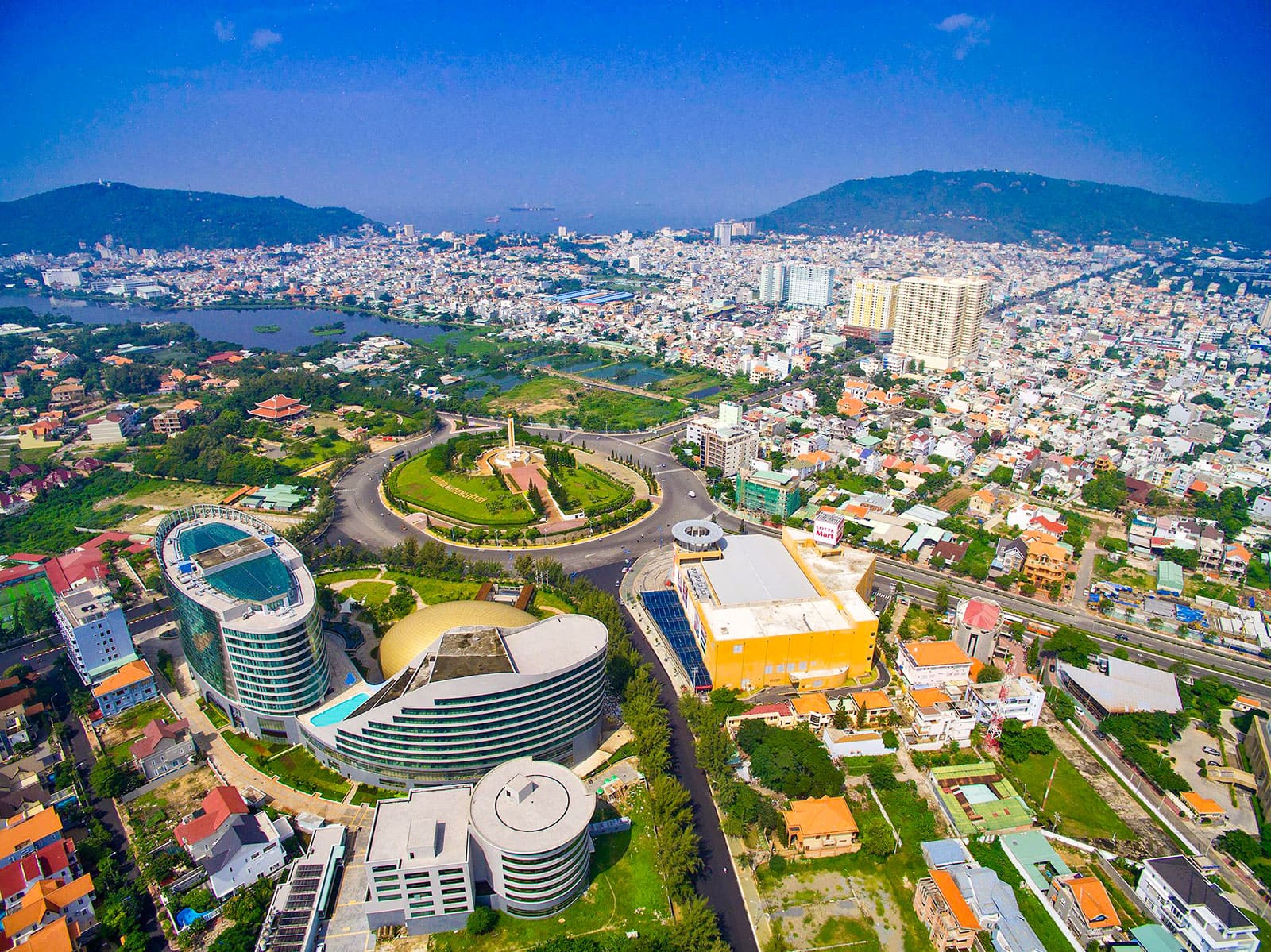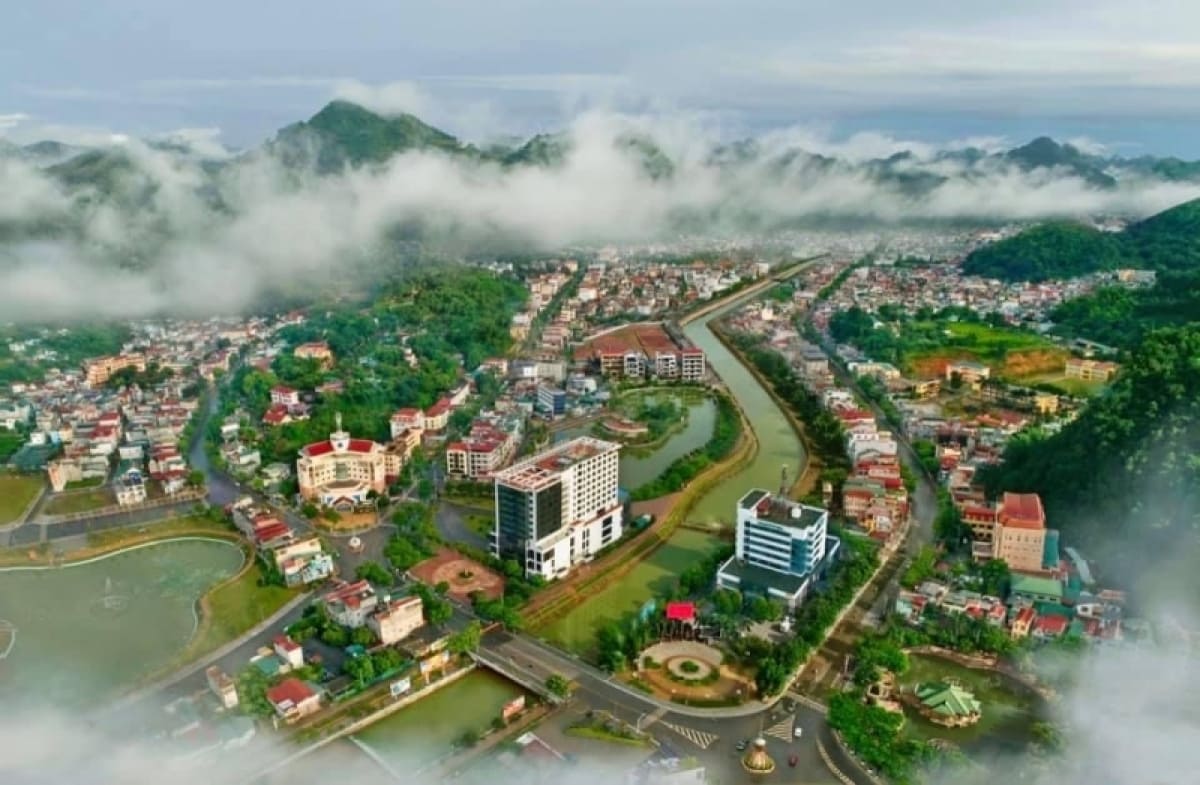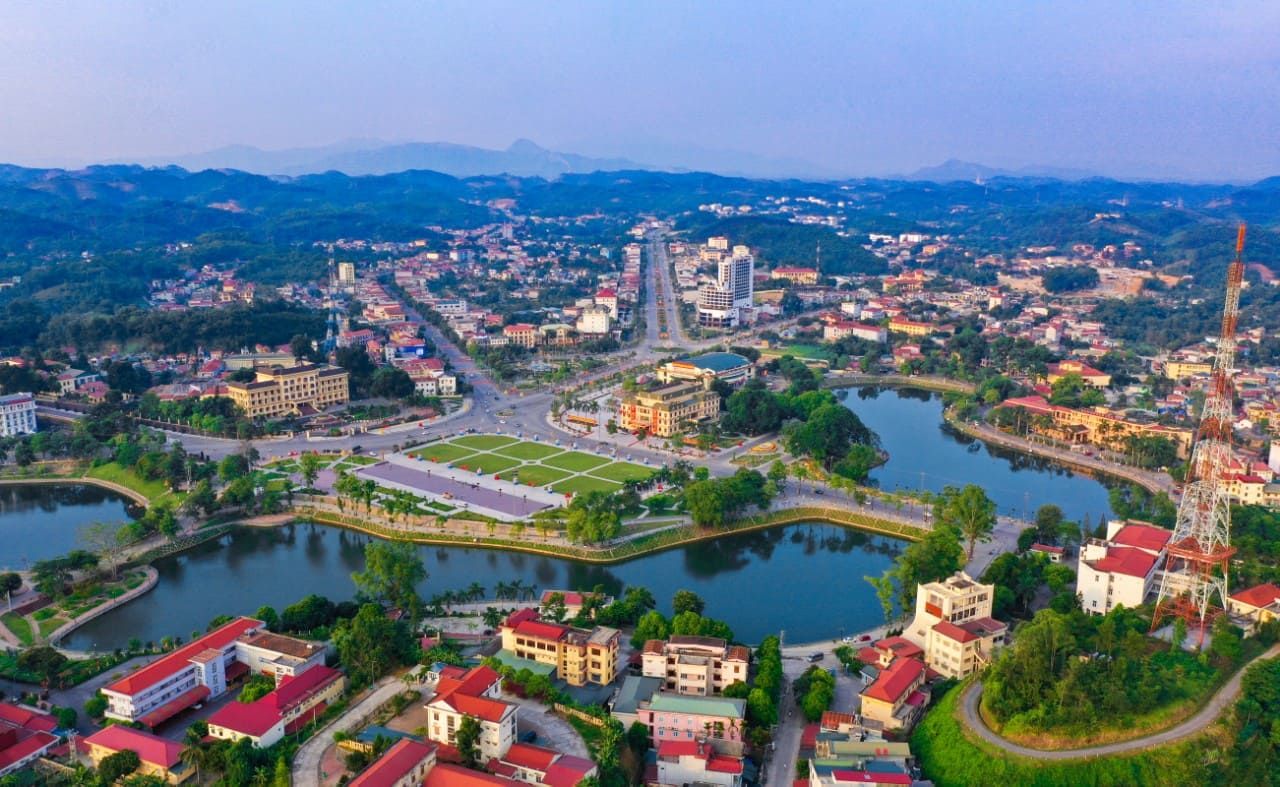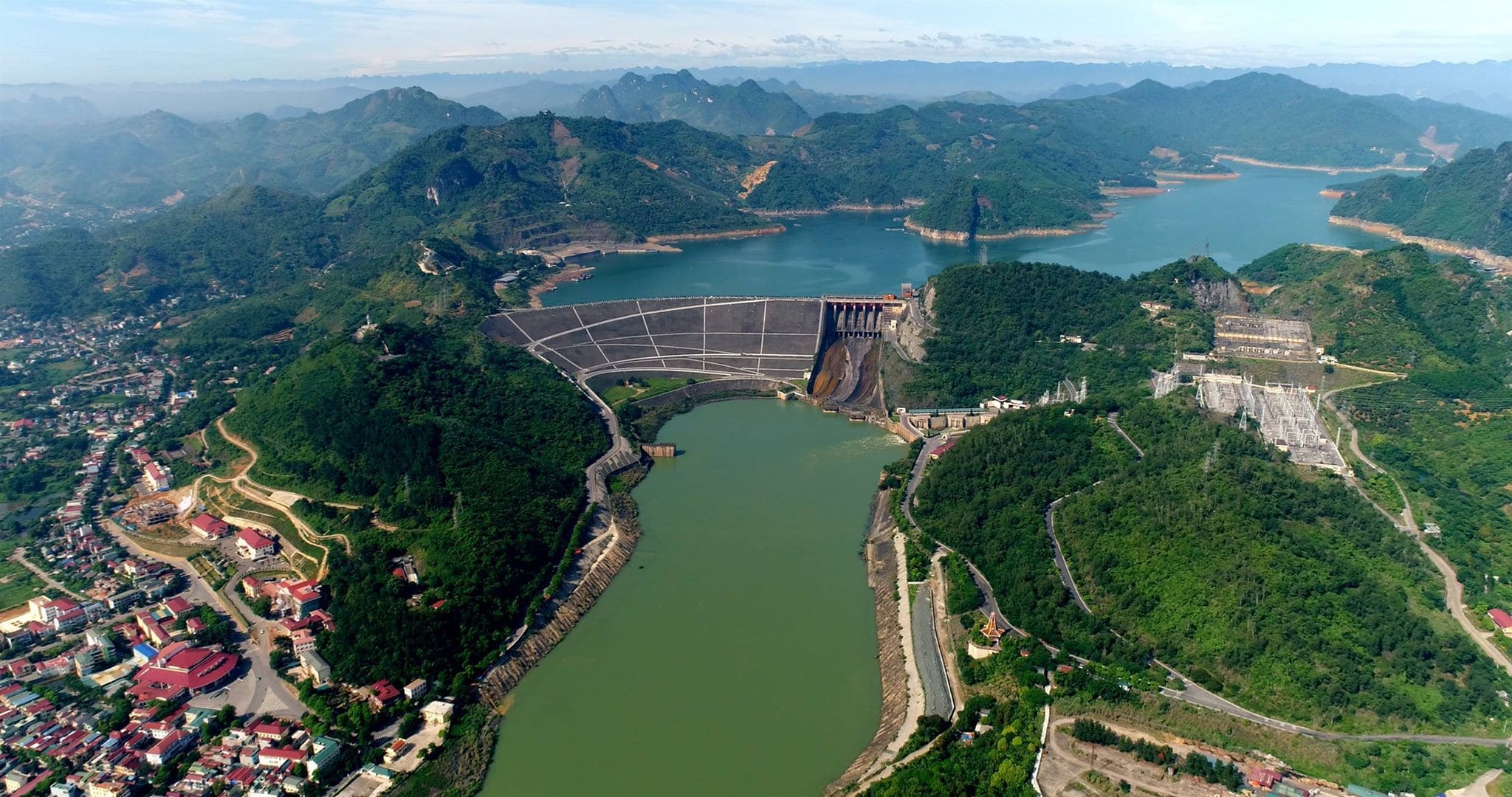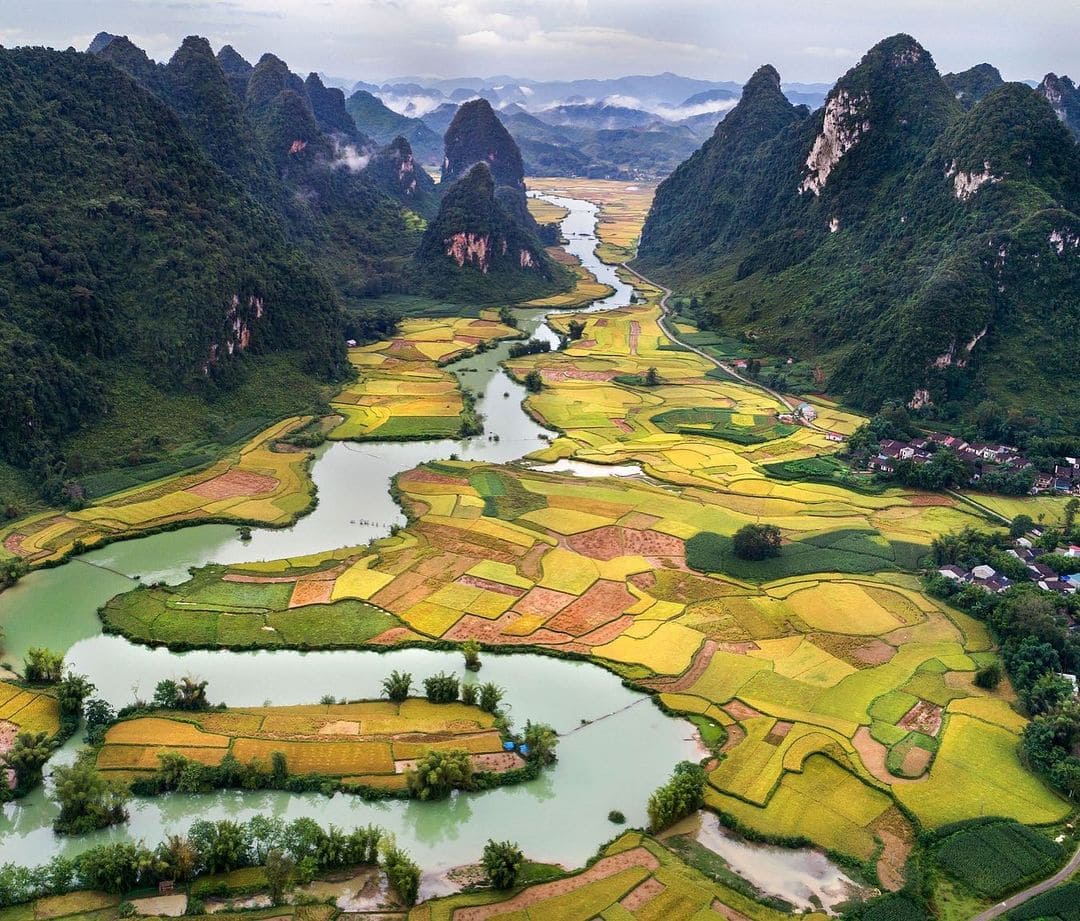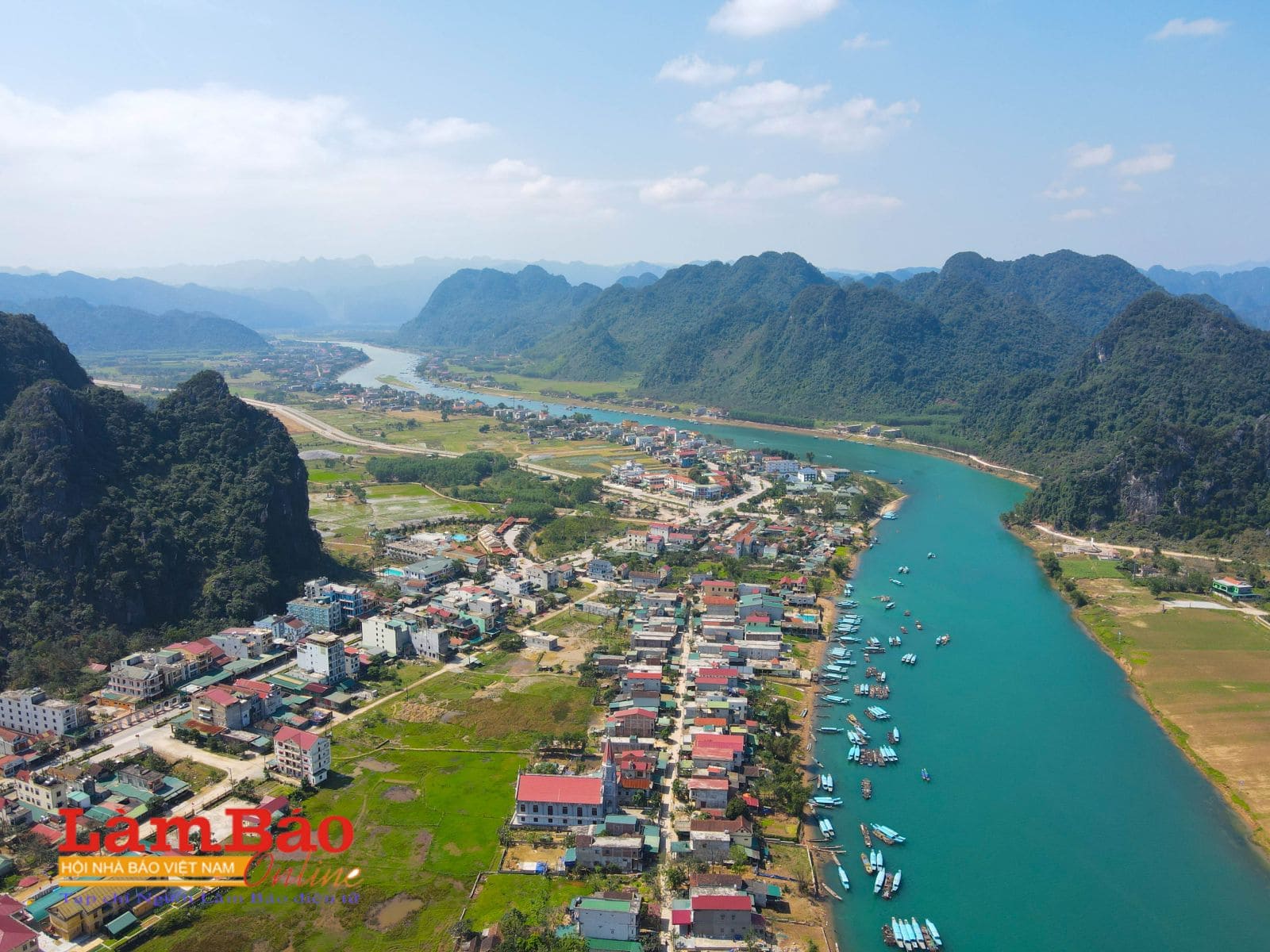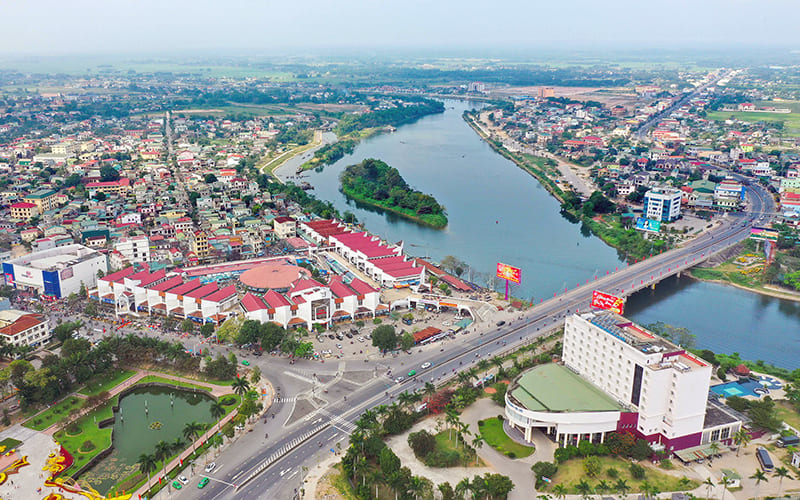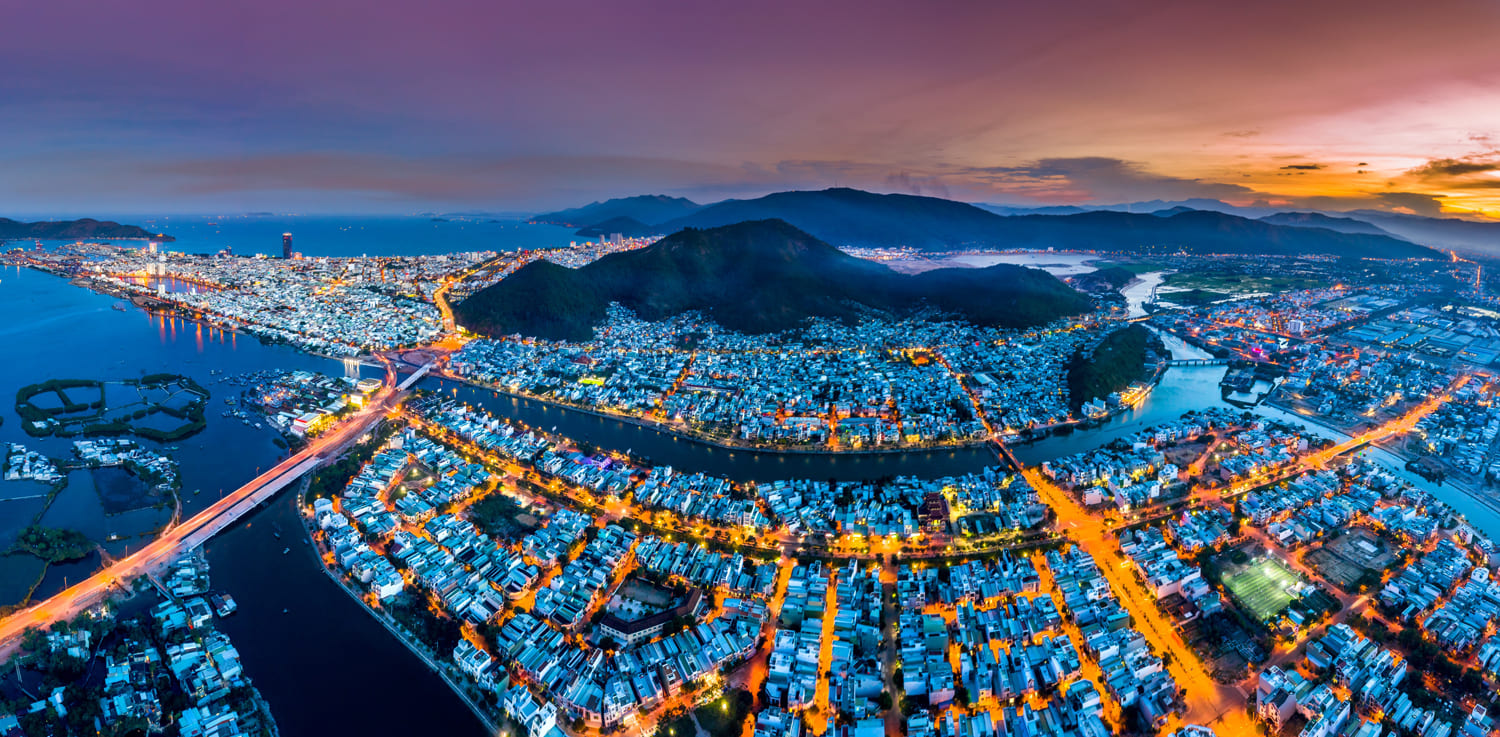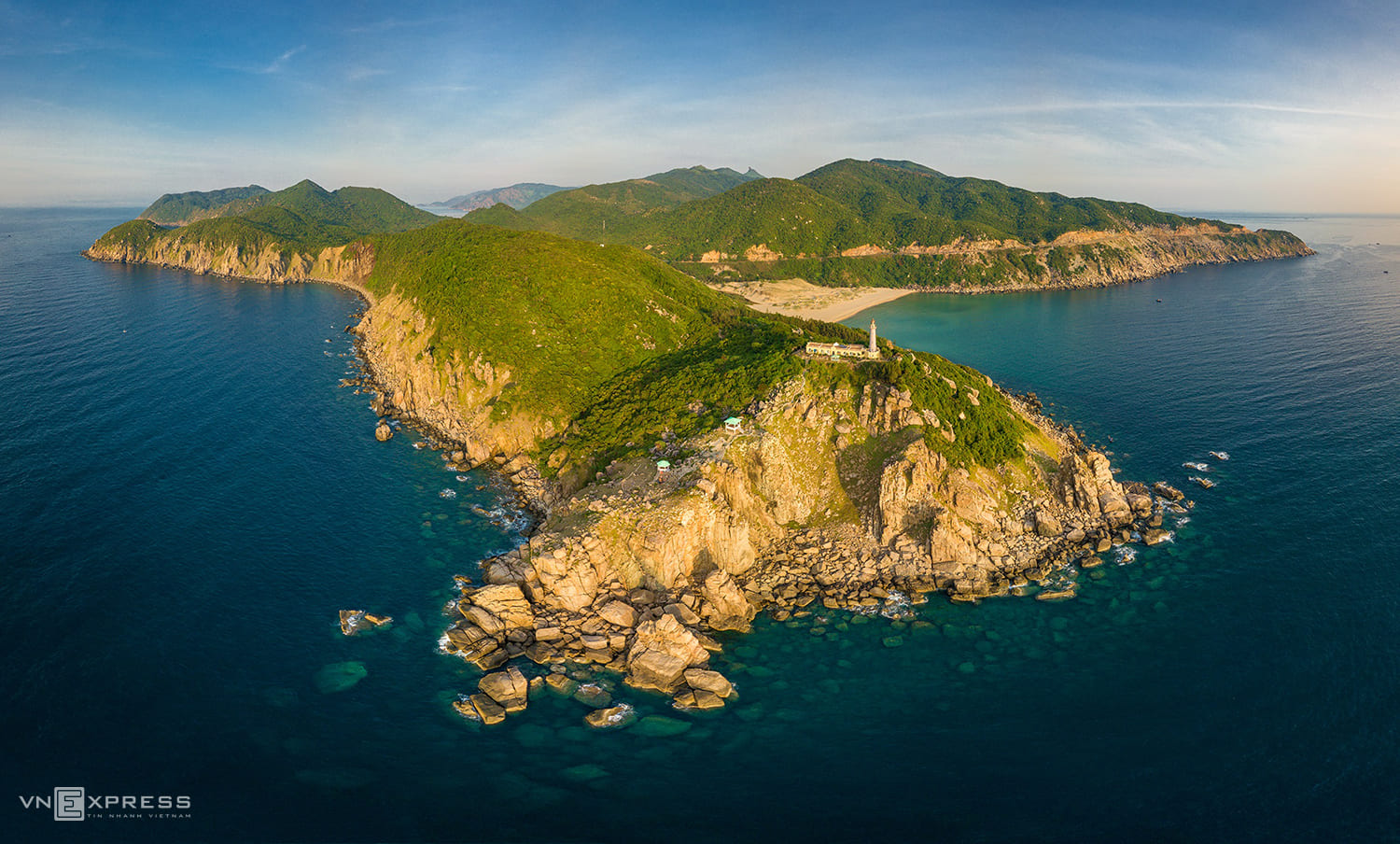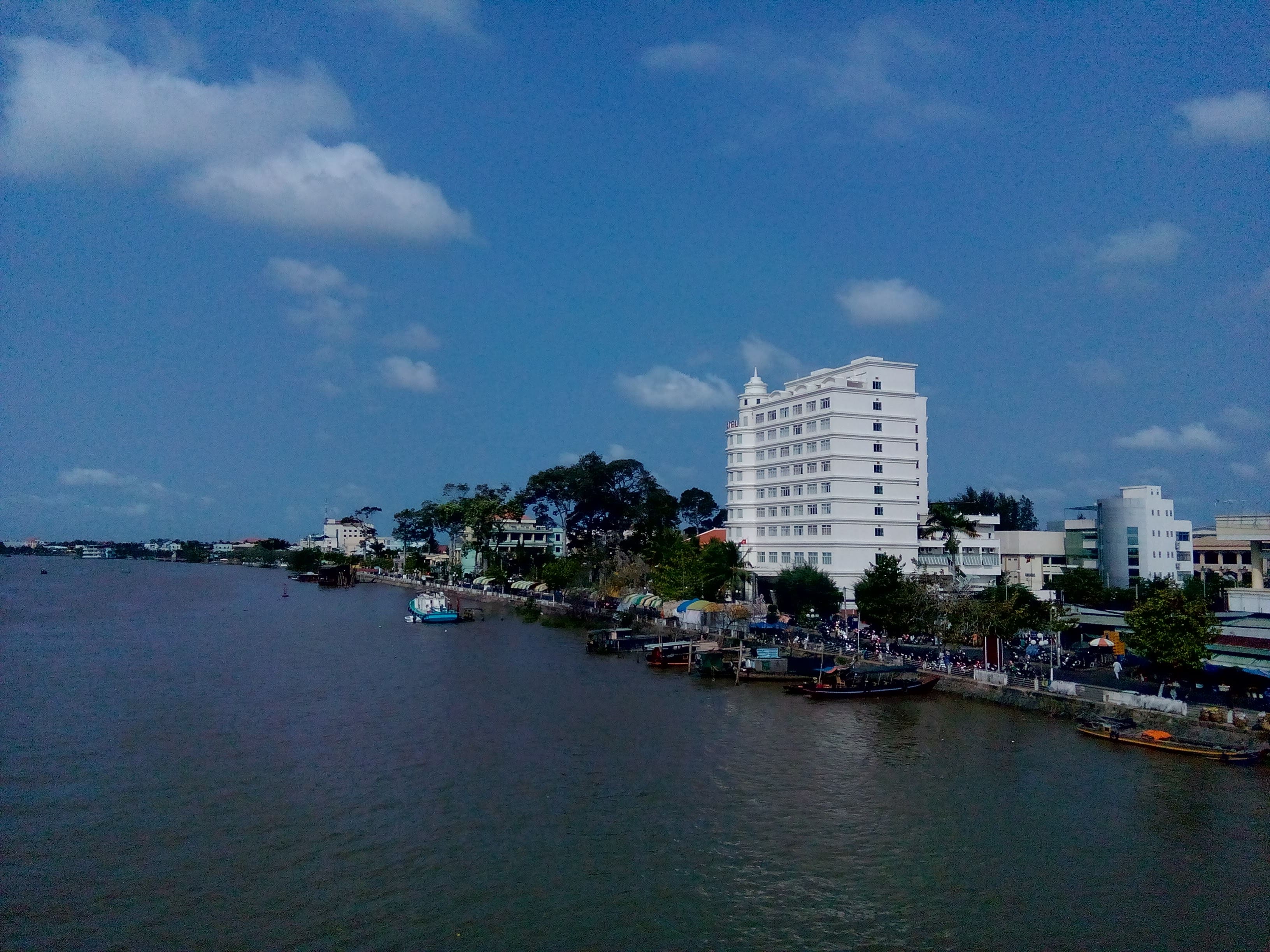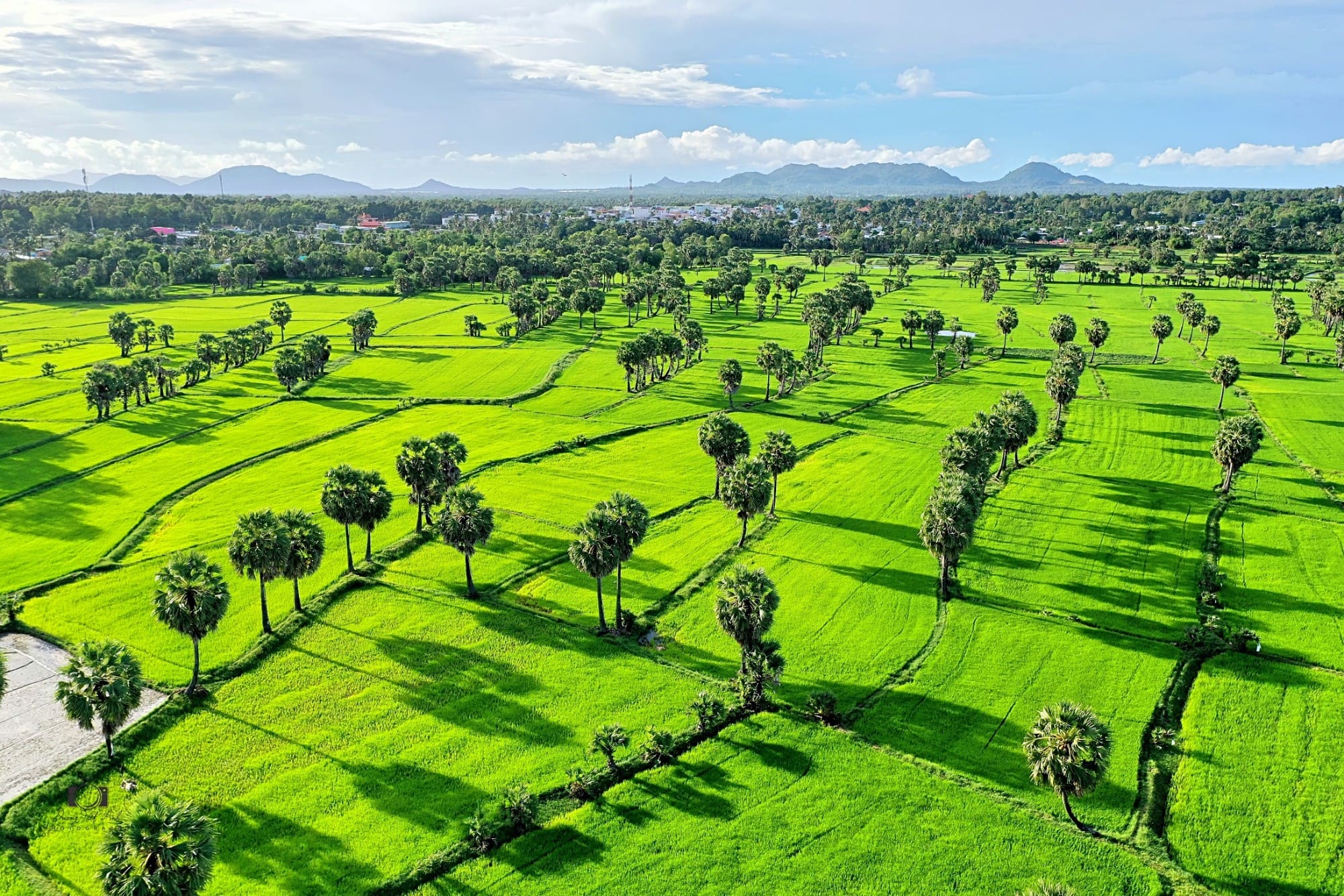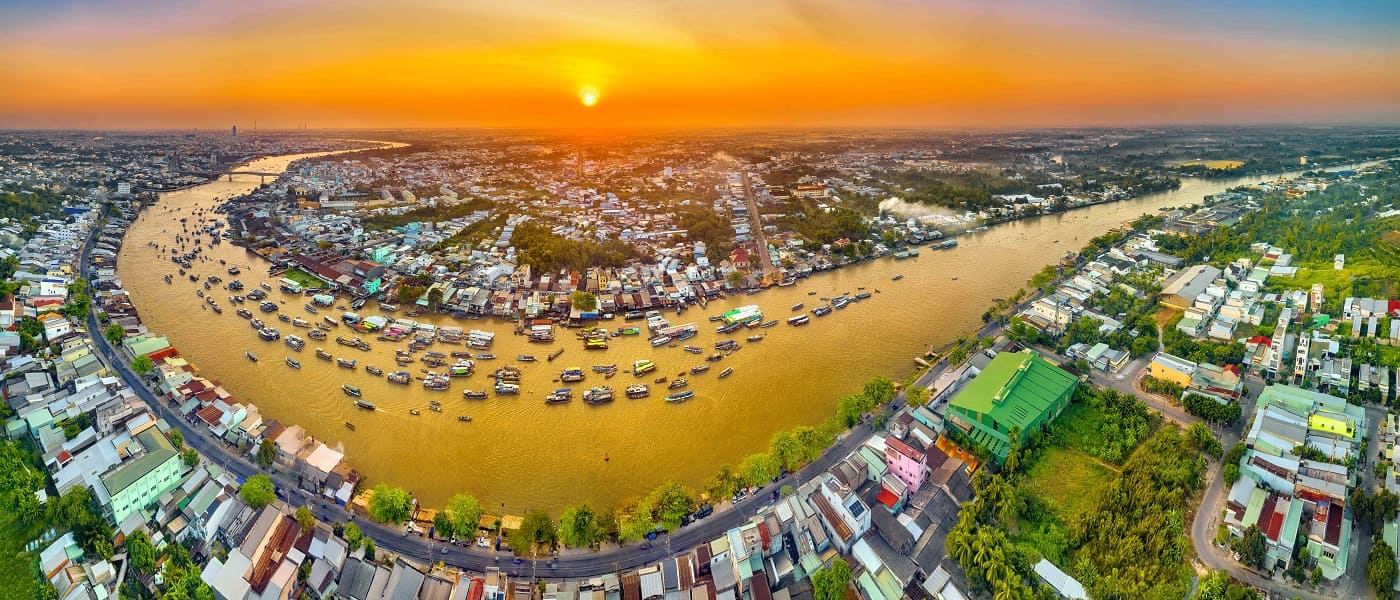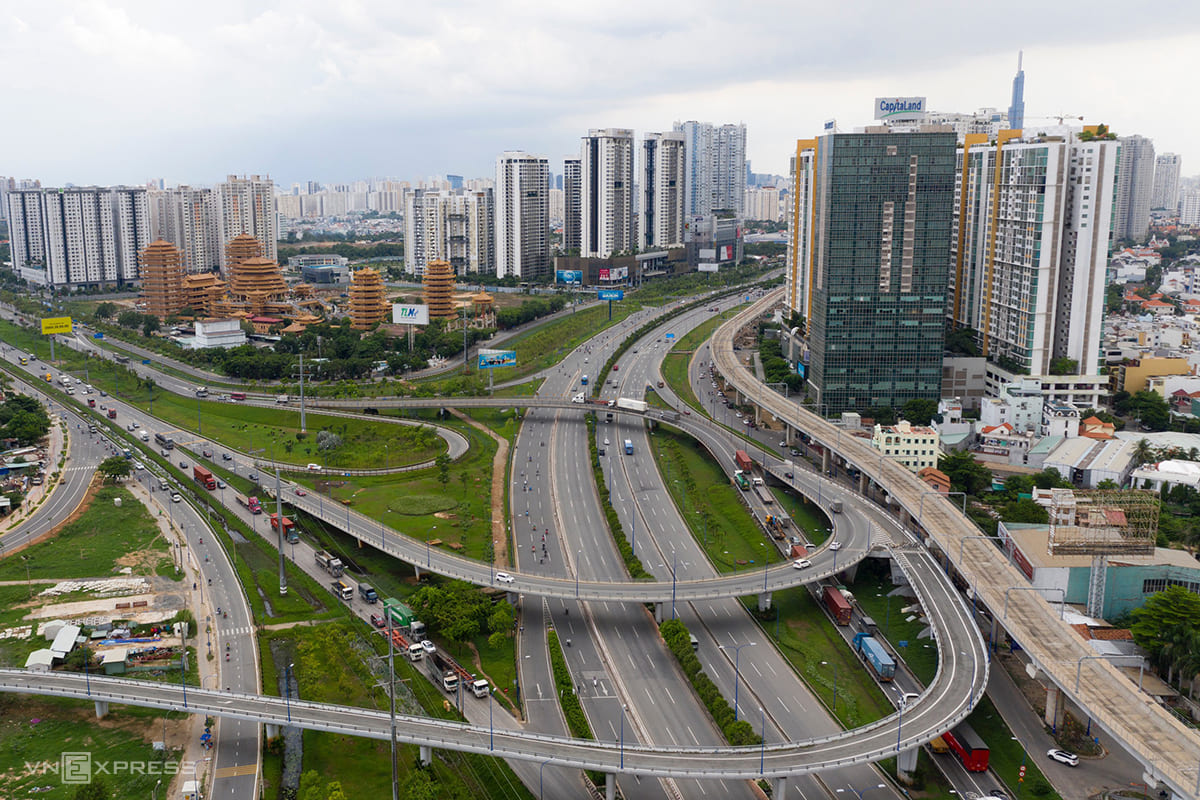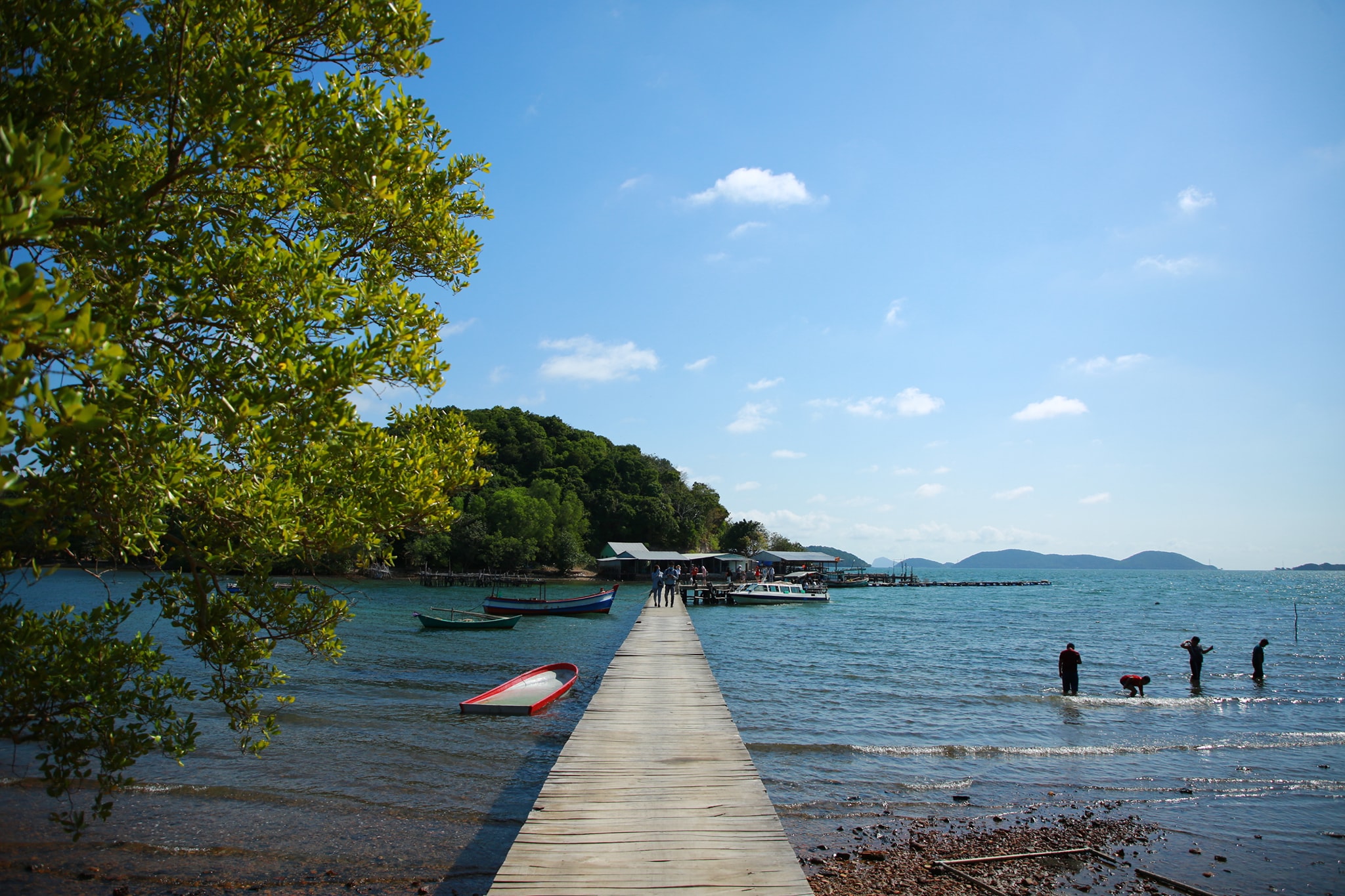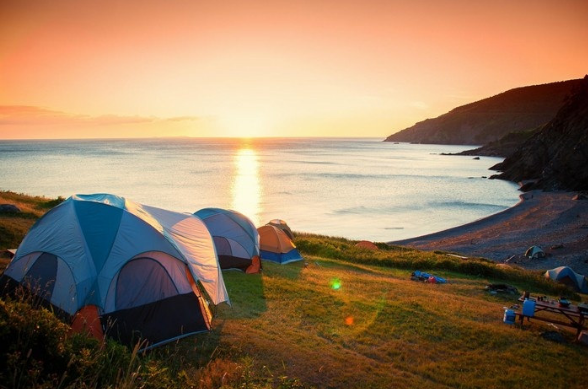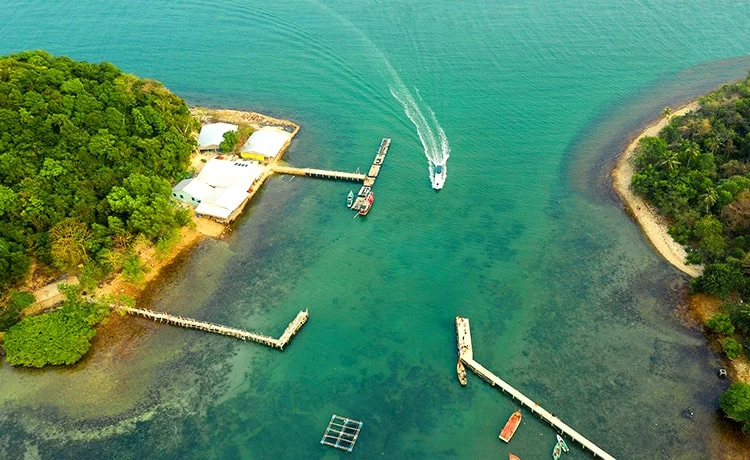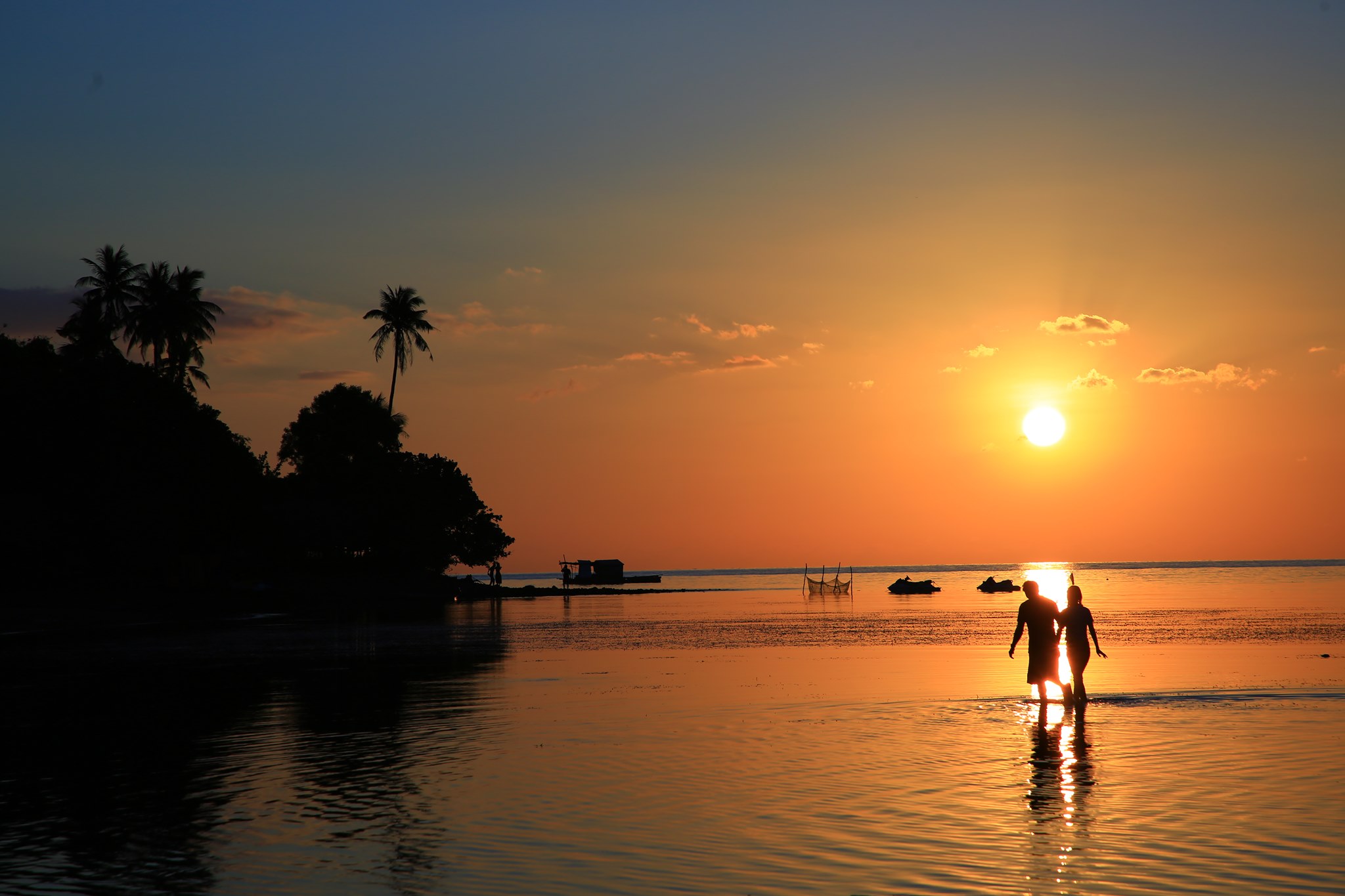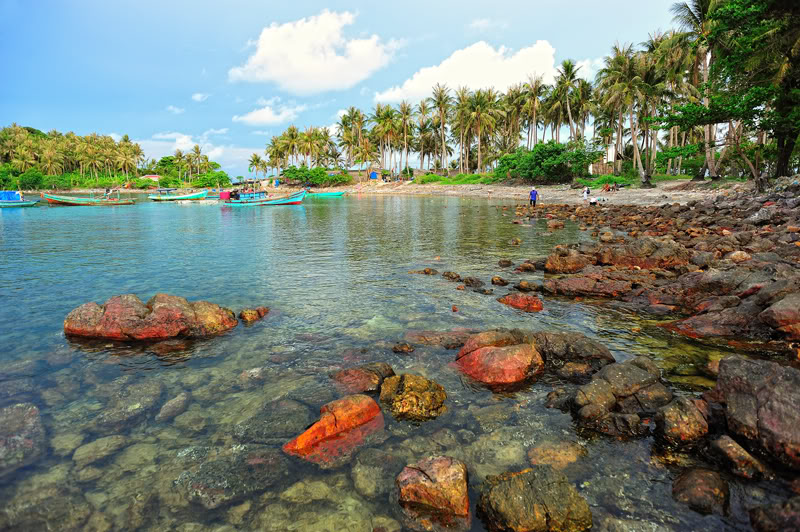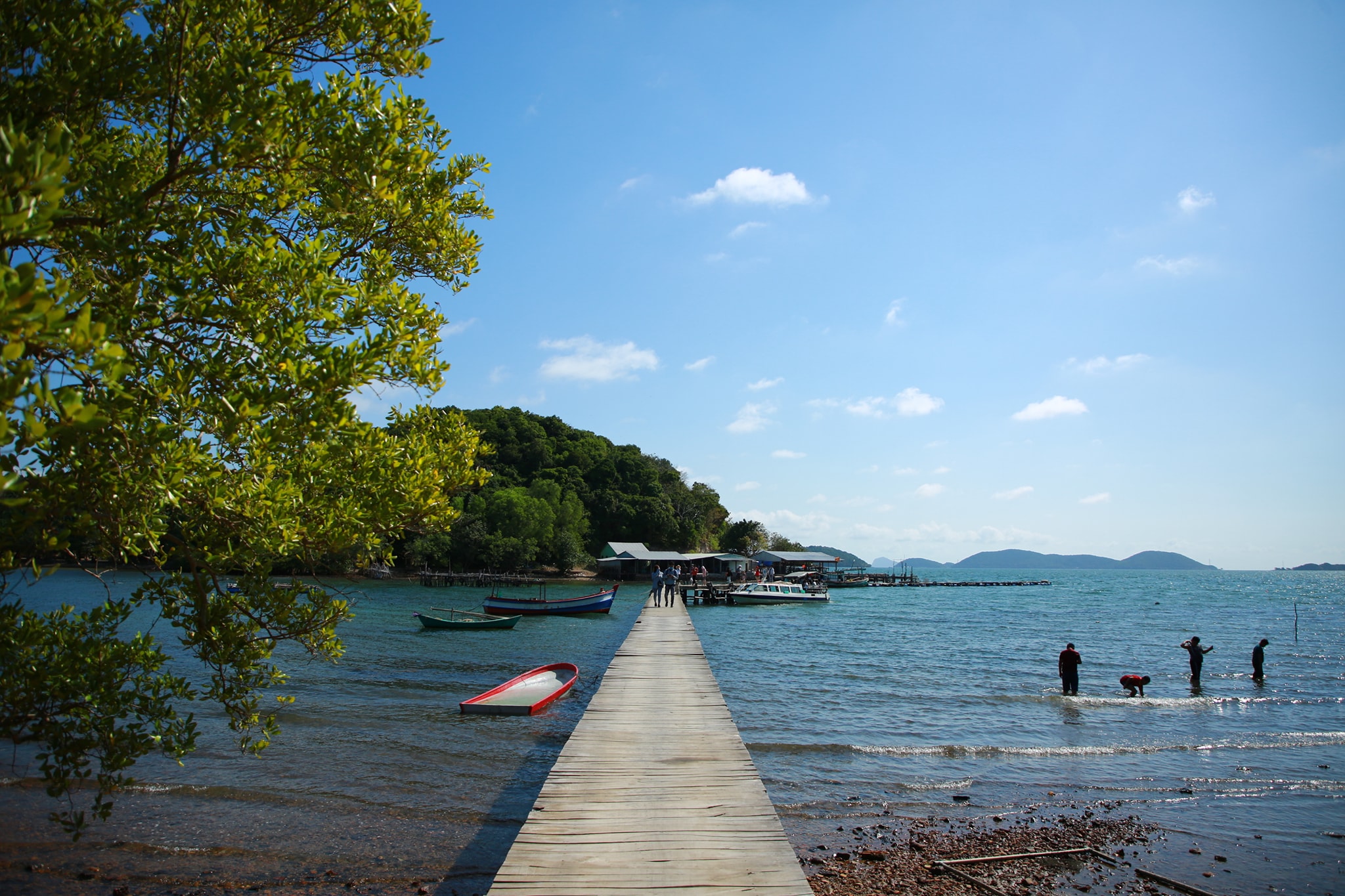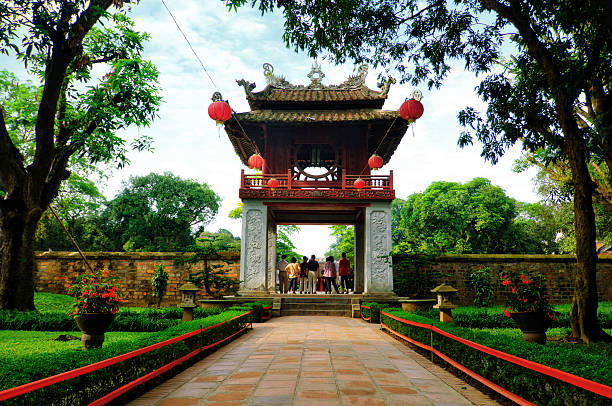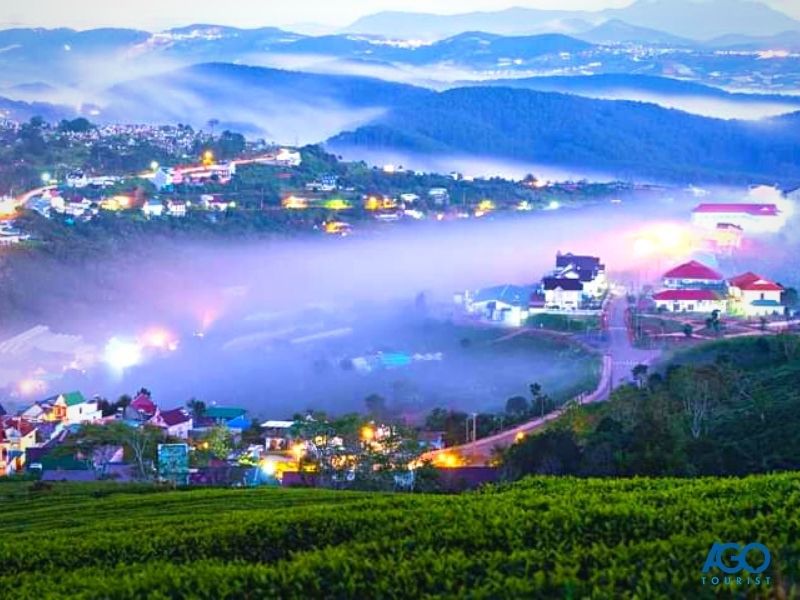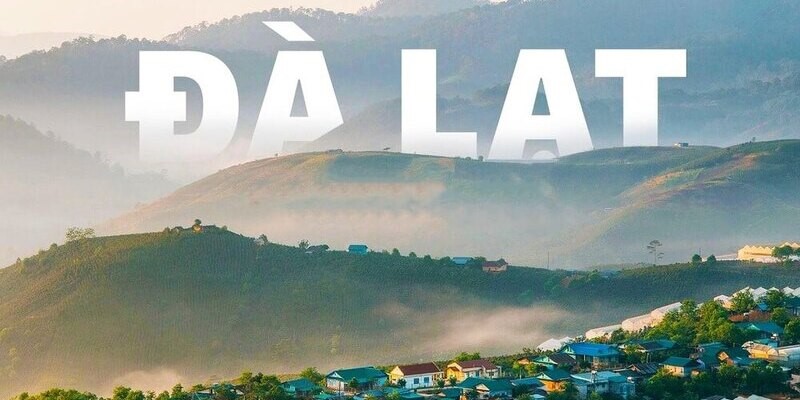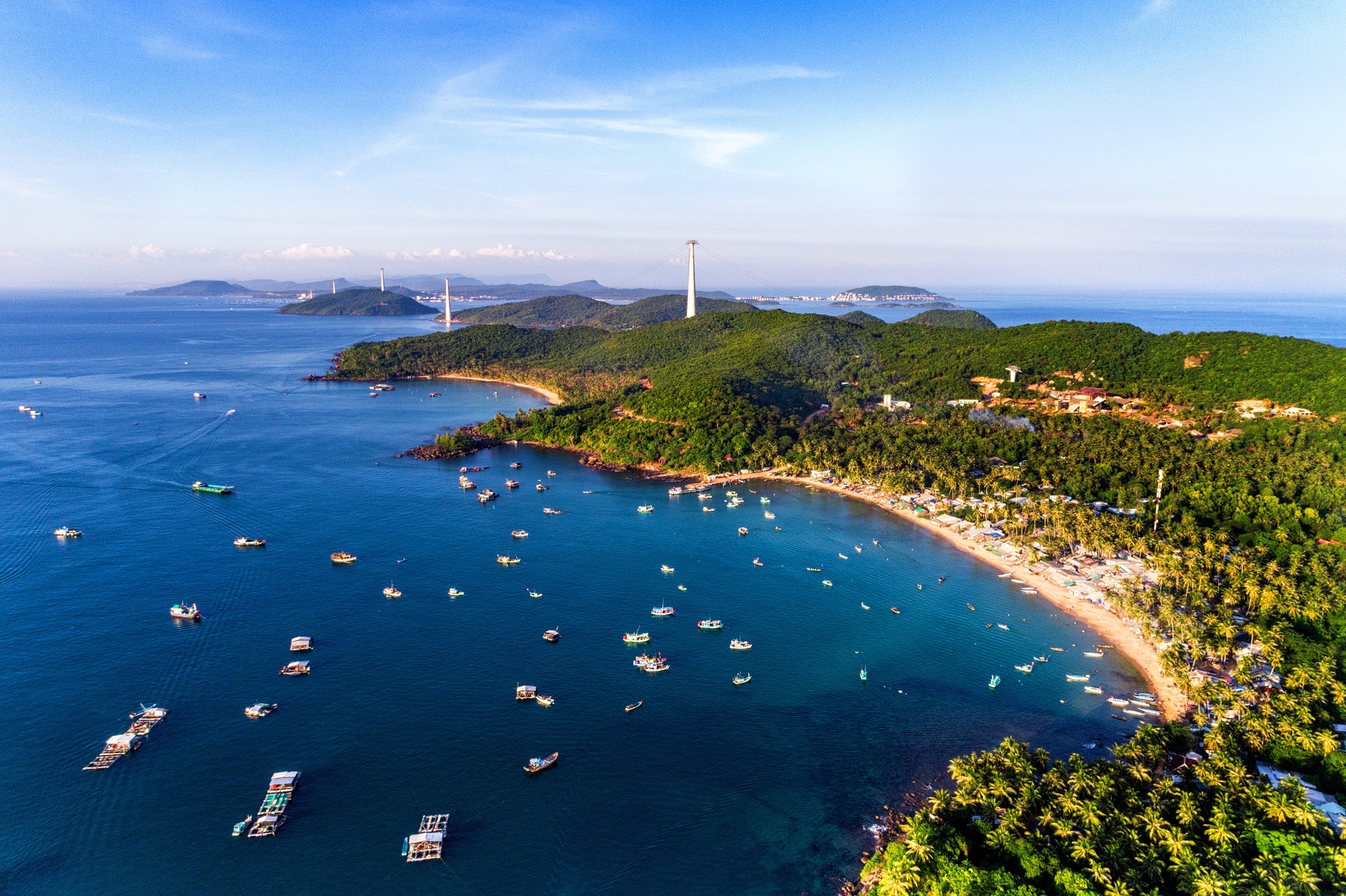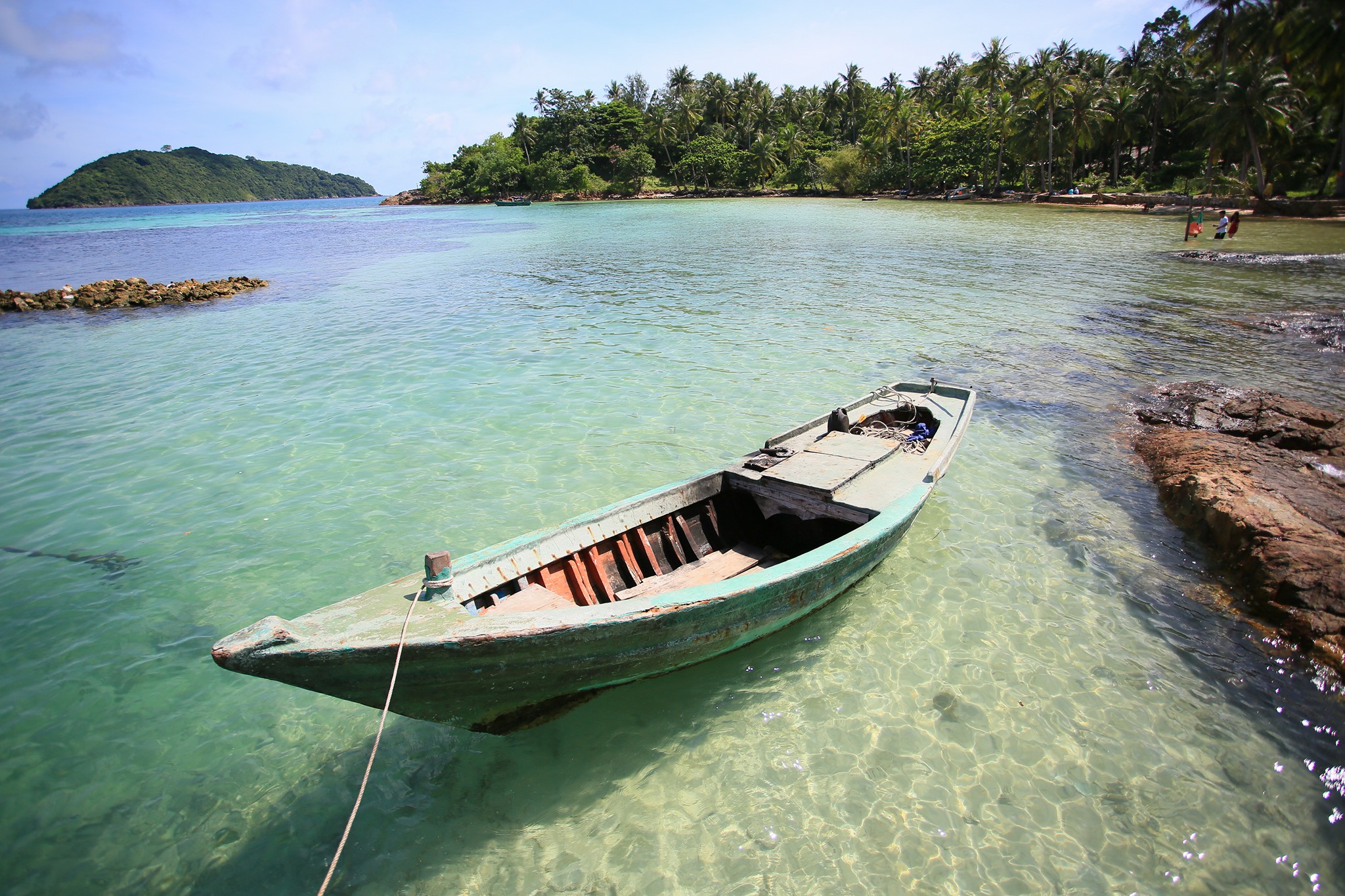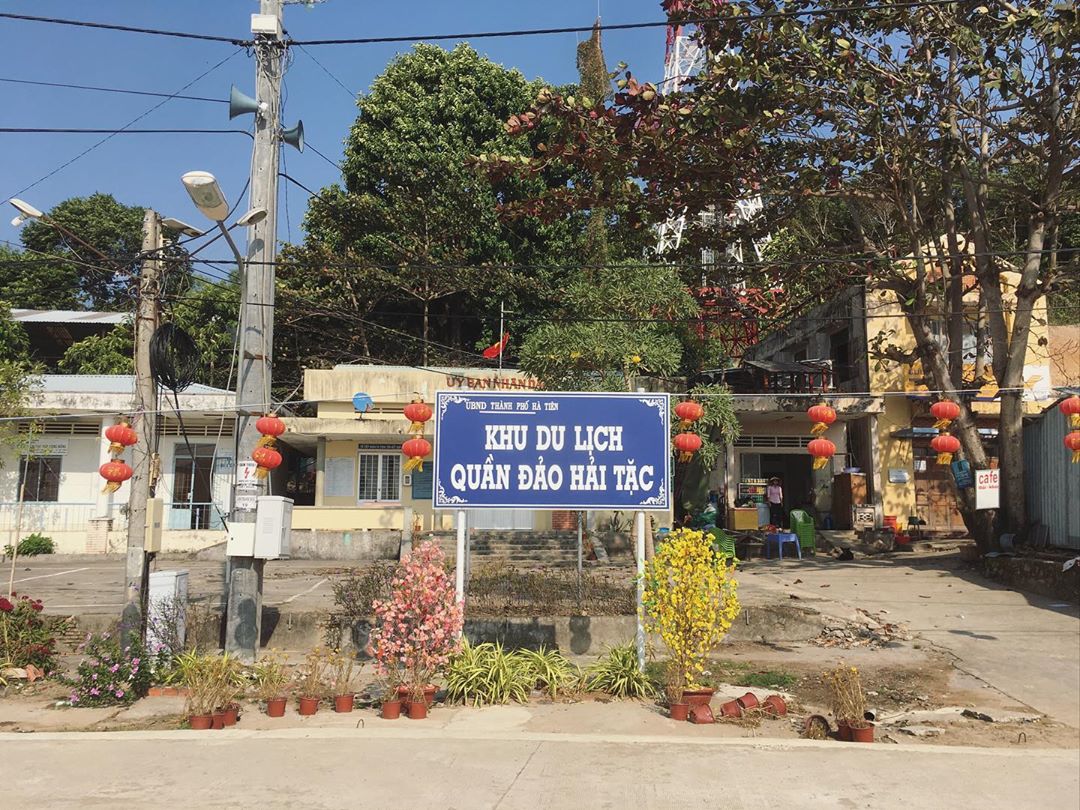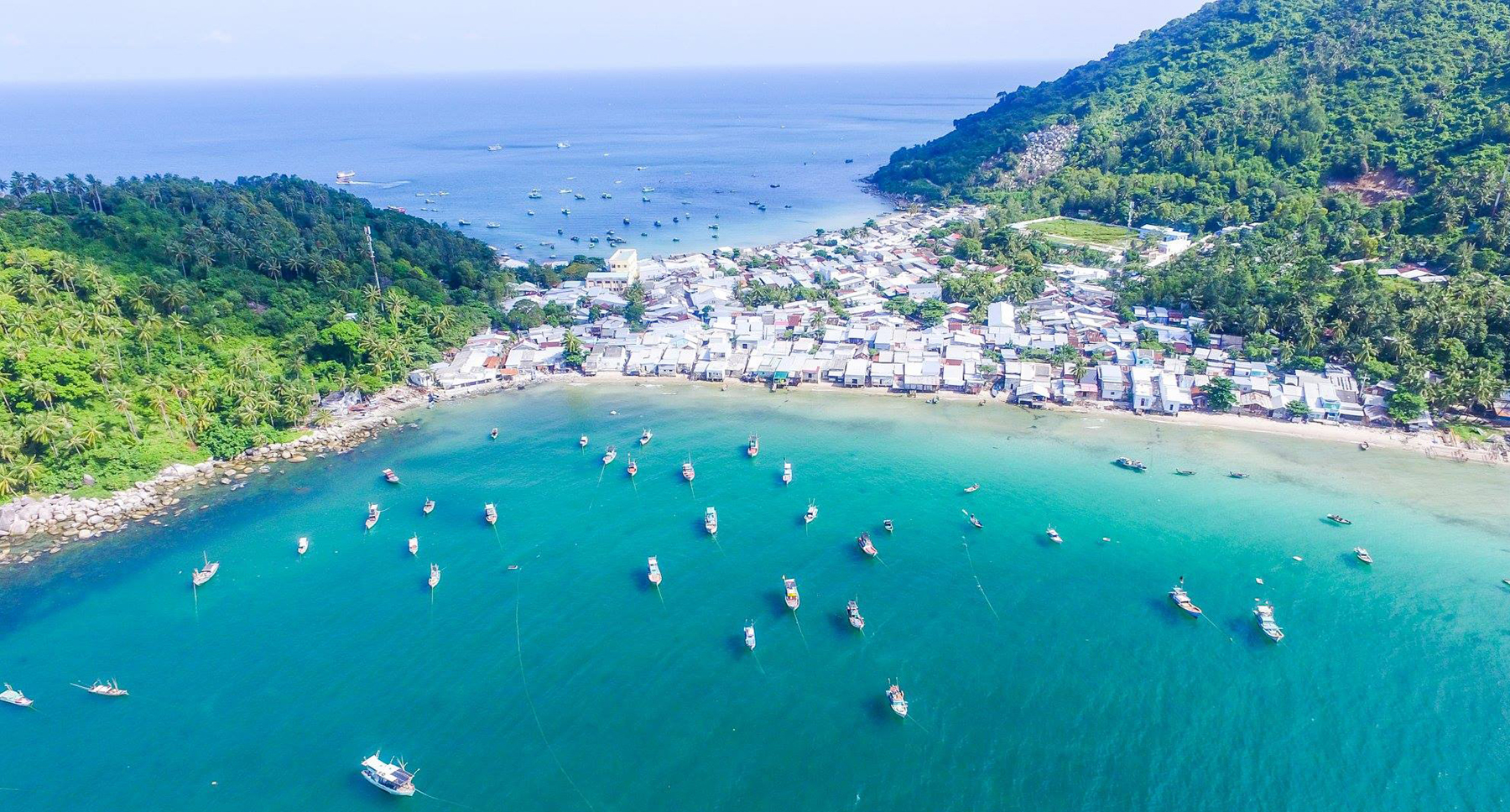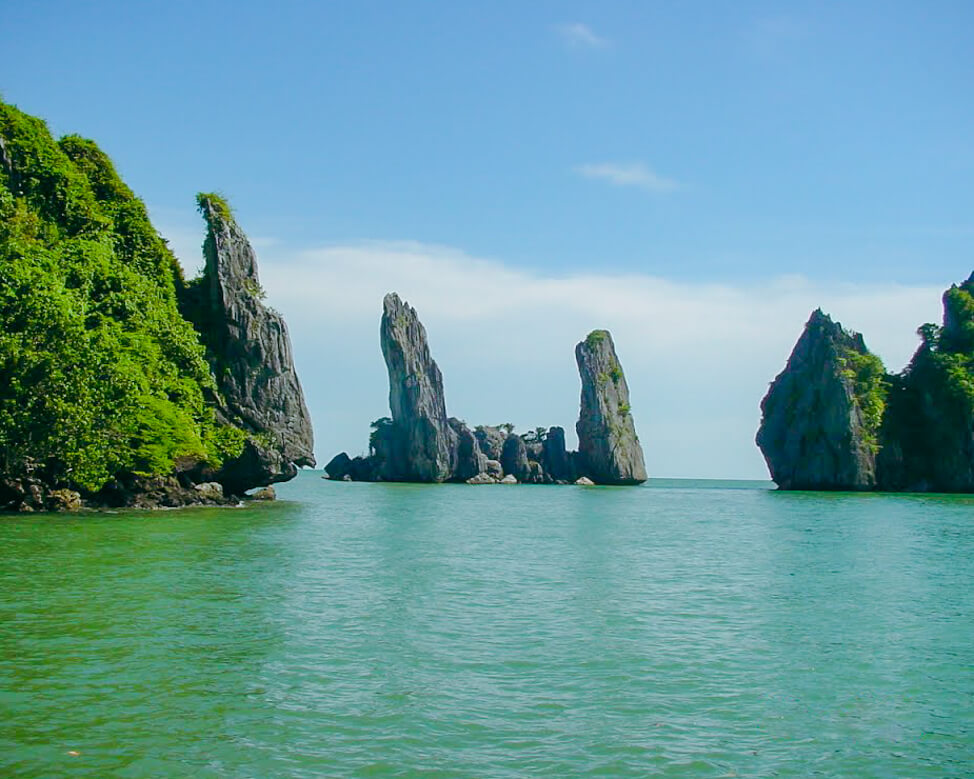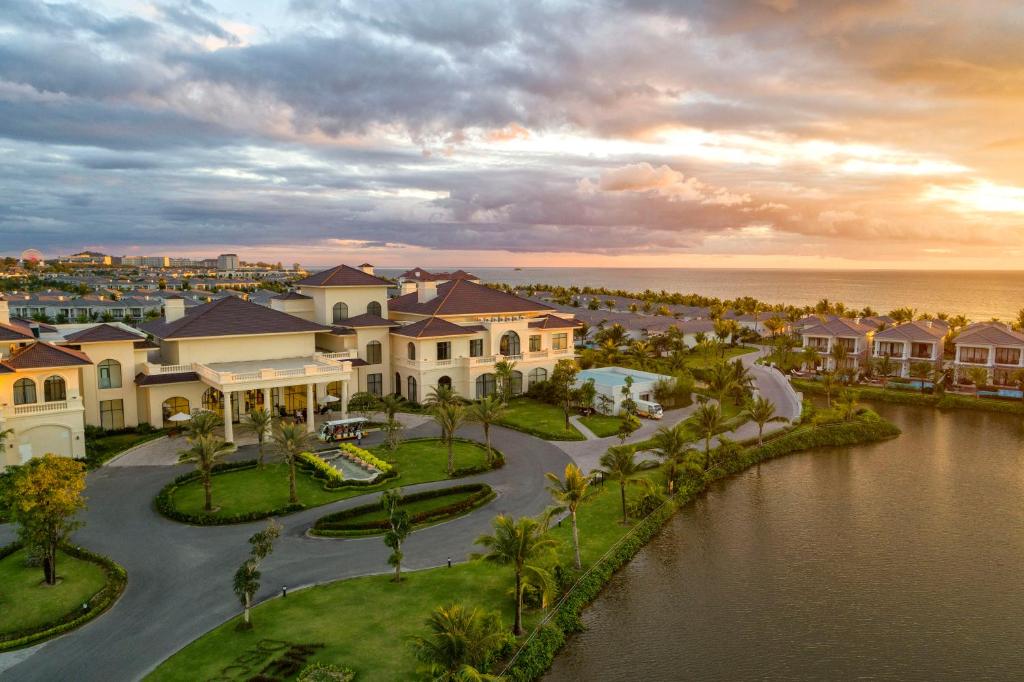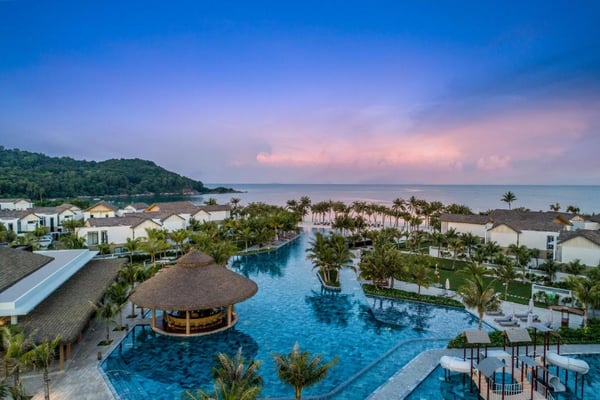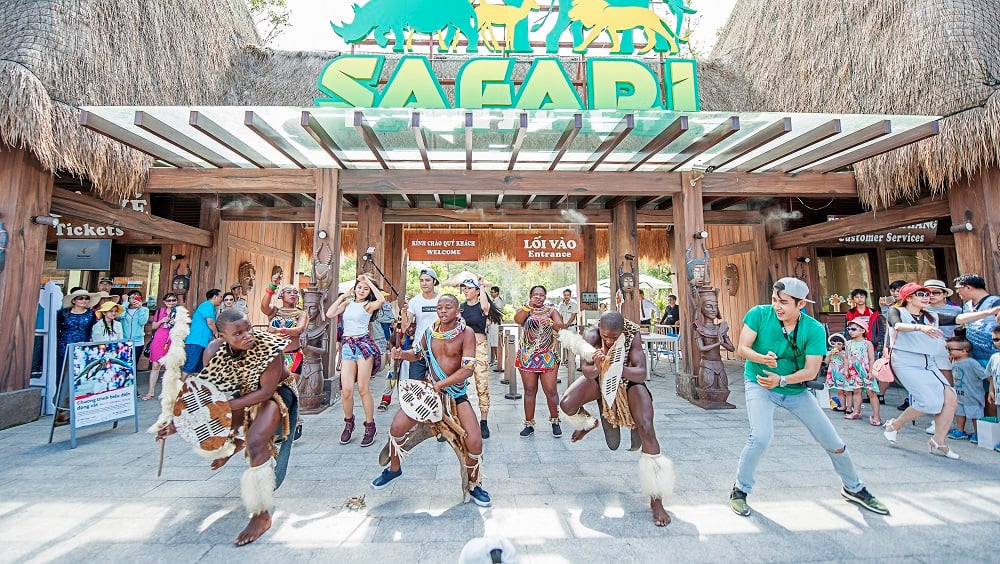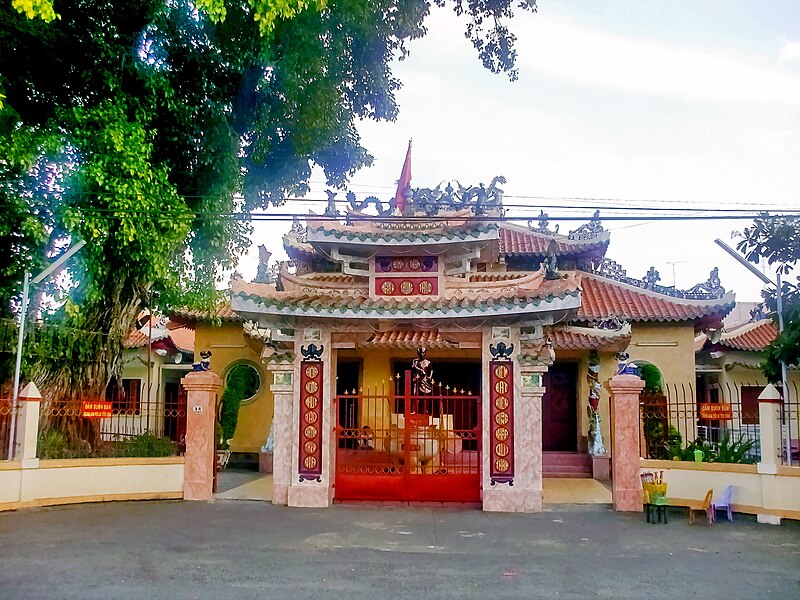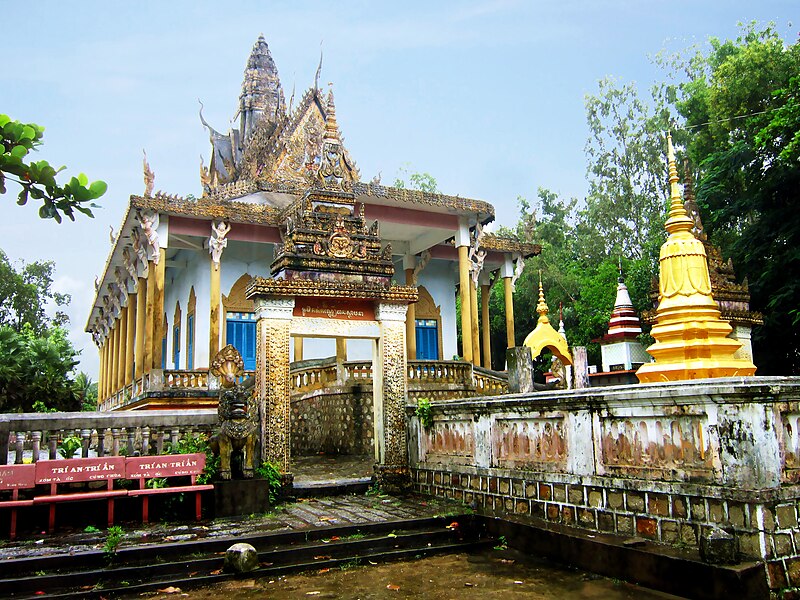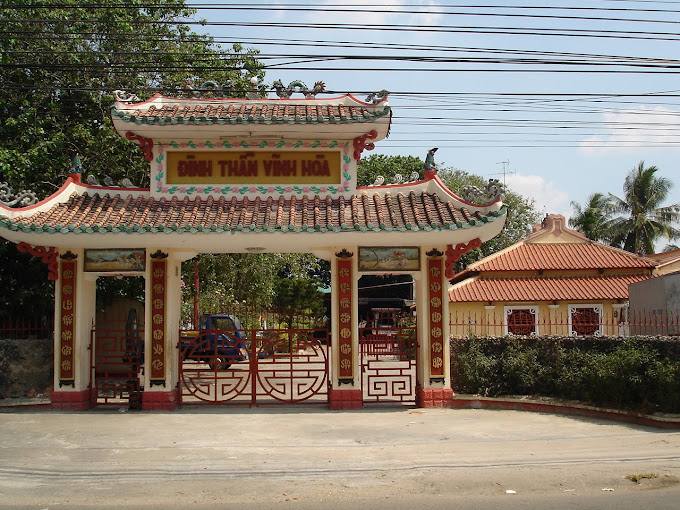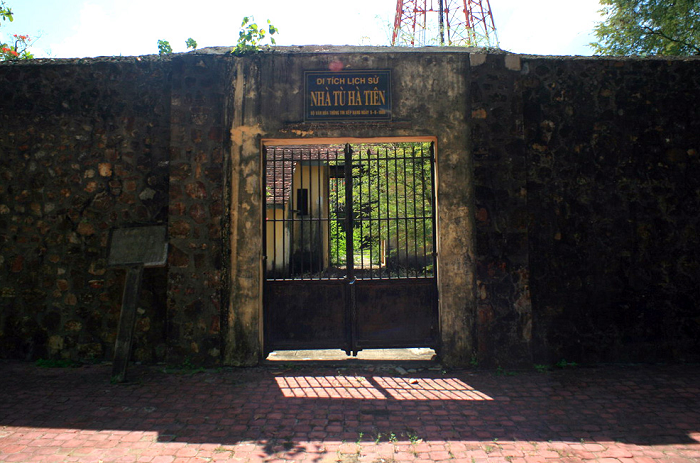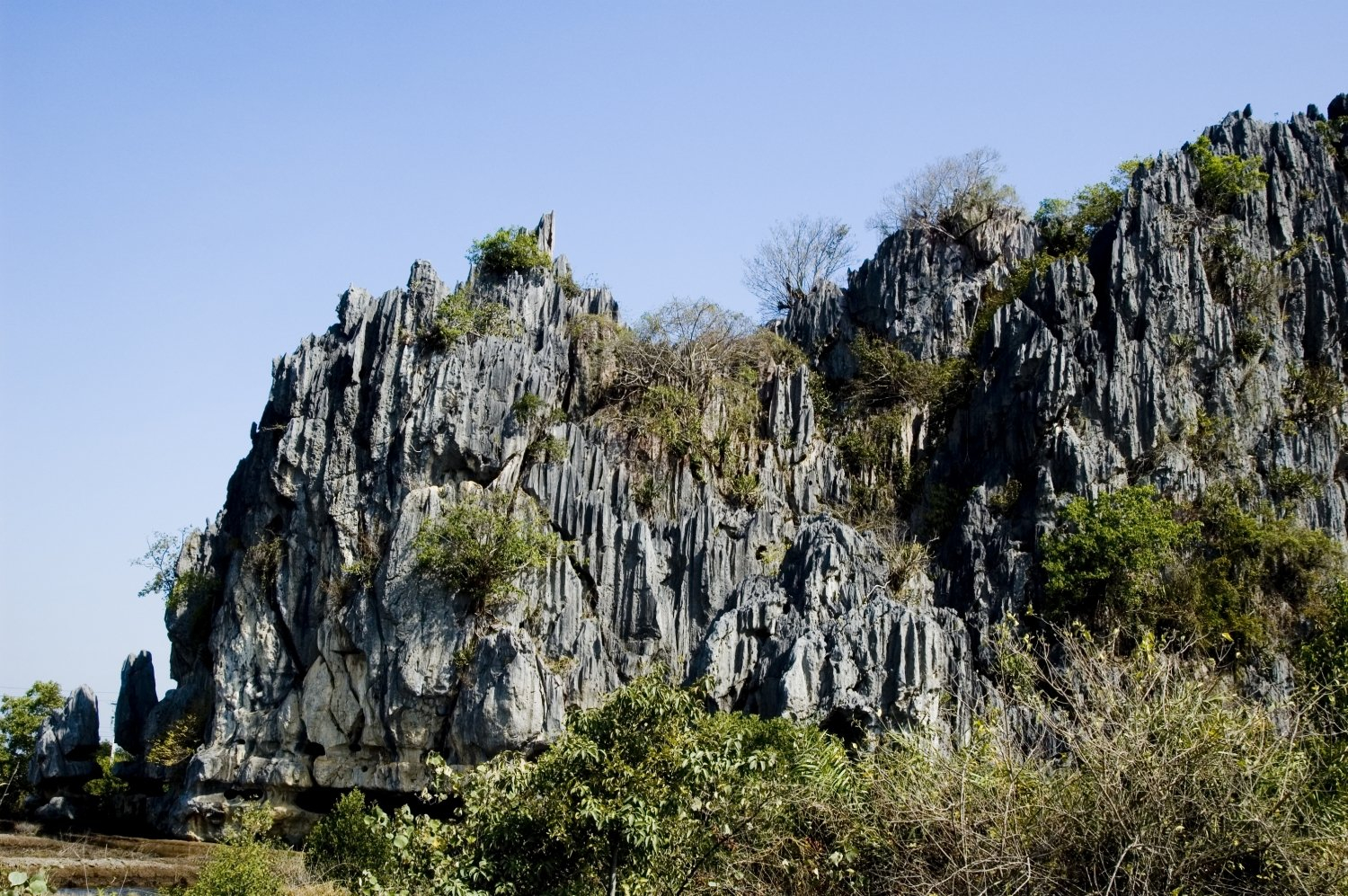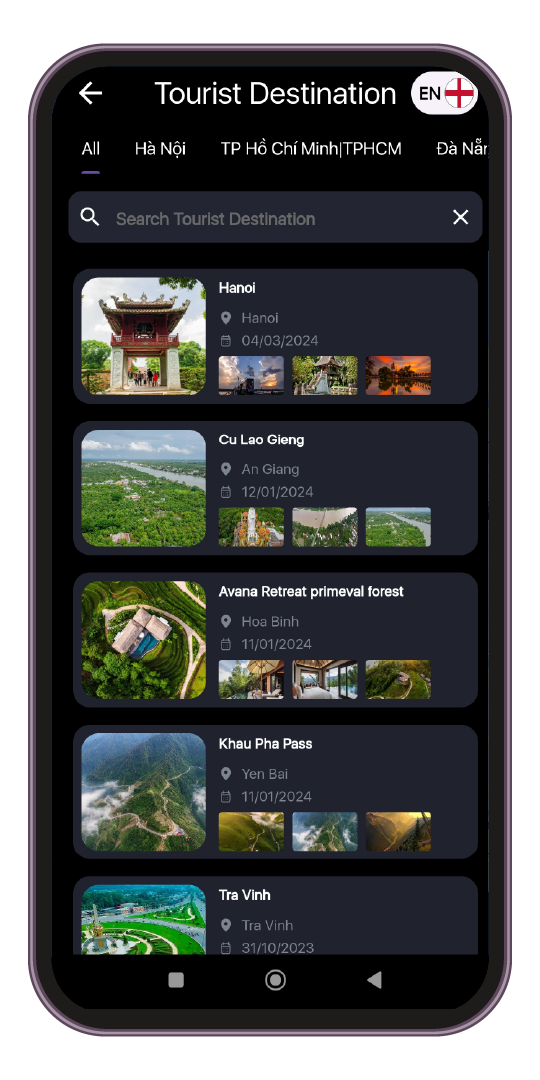Phu Quoc archipelago is located in the Gulf of Thailand, about 400 km west of Ho Chi Minh City. This place attracts domestic and foreign tourists because of its diverse types of tourism, with rich sea and island resources; diverse forest and marine ecosystems.
The most ideal time to travel to Pearl Island is from November to April of the following year. This is the dry season in the South, with little rain, calm sea, calm waves and warm sunshine, suitable for outdoor tourism activities. This season is suitable for resort tours, not suitable for backpackers or backpackers.
From about May to October is the rainy season, sometimes there are storms, but Phu Quoc is still crowded because it falls during the summer vacation period. If you go to Phu Quoc this season, you should come around the end of April, when there are still not many tourists and the weather is still nice, prices do not increase too high like during the peak season. October is also the time of changing seasons so there is little rain.
Vietnam Airlines, Bamboo Airways and Vietjet Air provide direct flights to Phu Quoc from Hanoi, Hai Phong, Thanh Hoa, Vinh, Hue, Da Nang, Nha Trang, Da Lat, Buon Ma Thuot... Airfare If you're lucky, you can hunt for cheap tickets of around a million VND for both going and returning.
Phu Quoc's airport is about 15 minutes from the center of the island. Some high-end hotels and resorts often have free shuttle services from the airport. You should ask more about this service when booking a room in Phu Quoc.
In addition to direct flights, tourists have many more interesting options when traveling from Ho Chi Minh City to Phu Quoc such as motorbikes, cars, buses, speedboats or ferries.
First-time visitors to Phu Quoc should take the speedboat to avoid seasickness. There are two routes to Phu Quoc, the journey from Rach Gia is about 120 km and takes 2 hours and 30 minutes, and the journey from Ha Tien is about 50 km and takes 1 hour and 30 minutes. You should depart from Ha Tien to shorten the travel time at sea, and the ticket price is also cheaper. Please call the station in advance to buy tickets and ensure the schedule is as planned.
If you drive your own car, you should go at night to get on the ferry at around 4 a.m. to experience the sunrise at sea. The route lasts about 6 hours from Ho Chi Minh City to the ferry terminal in Ha Tien. You need to prepare food, drinks, blankets, pillows... and it's best to have two people take turns driving to make the night trip smooth and safe.
If you take a bus, you can depart from the center of Ho Chi Minh City. There are many high-quality trips to Ha Tien, ticket prices range from 150,000 VND to 230,000 VND per person, depending on the bus company. Some high quality bus companies you can refer to are: Phuong Trang, Mai Linh, Kumho.
Visitors can find on Phu Quoc from affordable motels to world-class luxury resorts. If you want to save money, you can stay at a homestay. If traveling with a company or a family with young children, the best choice for you is a hotel in Duong Dong town, convenient to attractions and shopping.
Some 5-star hotels such as Saigon Phu Quoc Resort and Eden Resort often cost over 1,500,000 VND per room per day. 3-4 star hotels cost from 1,000,000 to 1,500,000 VND. 2-star hotels such as Gold Hotel, Lavita Hotel, Sea Star resort, Kim Hoa usually cost 600,000 - 800,000 VND.
Unlike Nha Trang with beaches that are easy to visit from main roads, in Phu Quoc visitors often have to go far to get to the beach. So if you want quiet and relaxation, you should stay at a resort, villa or bungalow near the beach.
Tourist destinations on Phu Quoc are divided into 4 main areas: Central area in Duong Dong town, South island, North island and East island. Depending on your schedule, you should spend at least two days if you want to explore all the fun spots on the island.
In the north of the island you can visit places including: Phu Quoc National Park, Rach Vem fishing village, Vinpearl Safari, Ganh Dau Cape,...
In the south of the island, you can visit places such as Bai Sao, Bai Truong, Dinh Ba and Dinh Cau, Dinh Cau Cape, Phu Quoc Prison, Phu Quoc Night Market,...
Besides, you can visit small islands such as: Hon Thom, Mong Tay, Gam Ghi, May Rut.
If you are a fan of delicious food, you should go to Phu Quoc from May to November. This is the beach season for local people, so there will be a lot of fresh seafood, and the price will also be cheaper. Dishes that you can enjoy include: Herring Salad, Ham Ninh Crab, Grilled Coi Bien Mai, Sea Cucumber, Bun Ken, Melaleuca Mushroom, Sea Urchin, Abalone,...
Some famous Phu Quoc specialties you can buy as gifts are pearls, fish sauce, pepper, sim wine...
Phu Quoc pearls are quite expensive, depending on the quality, color and size. Reputable pearl shopping addresses are Ngoc Hien and Quoc An pearl farming facilities.
Phu Quoc fish sauce is famous for its delicious, pure flavor. Some reputable production facilities you can refer to are: Phung Hung fish sauce factory, Khai Hoan production facility, Thinh Phat, Hung Thinh.
Phu Quoc pepper has a spicy and aromatic taste, with firm seeds. You can buy pepper right at Khu Tuong pepper garden or Suoi Da pepper garden, which are famous addresses.
Phu Quoc Sim wine is produced in the traditional way by fermenting from rose myrtle and white sugar. This type of wine has good effects on digestion and treating aches and pains. Familiar places to buy sim wine are Sim Son and Bay Giao myrtle wine.
Seafood tourists often buy as gifts are sea cucumbers, squid and dried fish. Duong Dong night market has many shops selling these products, prices depending on the season and size.
It should be noted that you should not go to Phu Quoc during the stormy season.
Hotels and motels are often sold out during peak season, so you should book about a month in advance.
Some places on Phu Quoc do not allow tourists to visit, you need to strictly comply and do not enter prohibited areas.
Ferries and speedboats to and from the island usually run on a fixed schedule. You should carefully ask about operating times so you don't miss the train or bus.
If you get seasick, you should prepare some anti-sickness medicine because you have to move a lot at sea.
If you ride a motorbike through the forest, you should find a map of Phu Quoc in case you get lost.
Kien Giang
2287
view
November to April


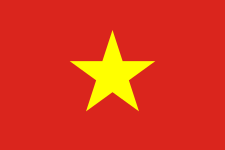 vn
vn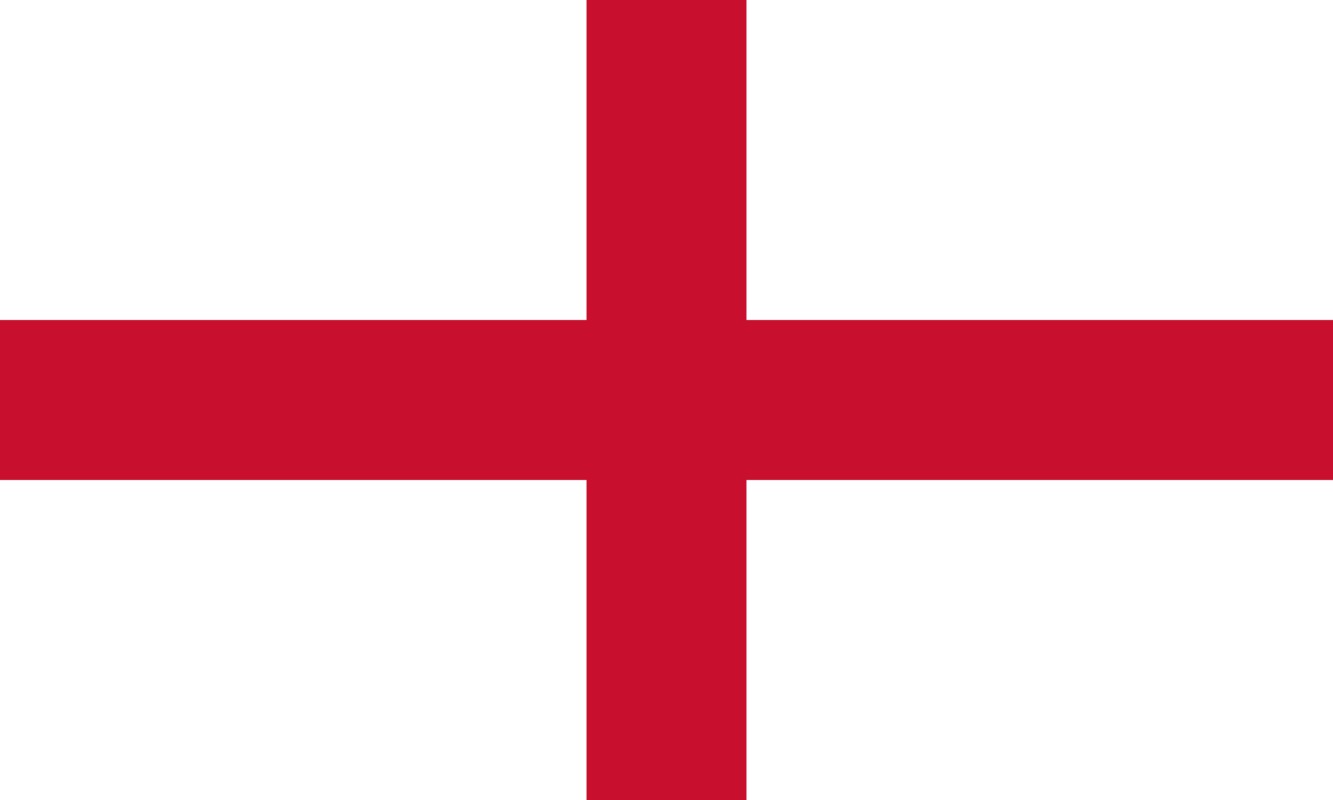 en
en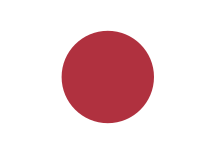 ja
ja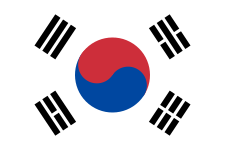 ko
ko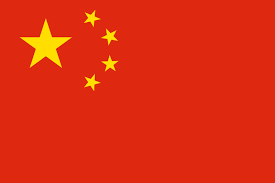 zh
zh


















